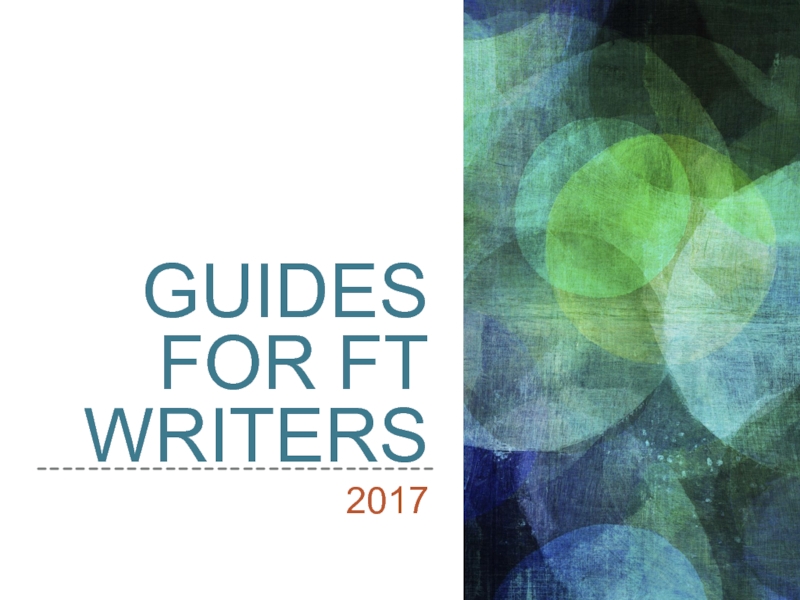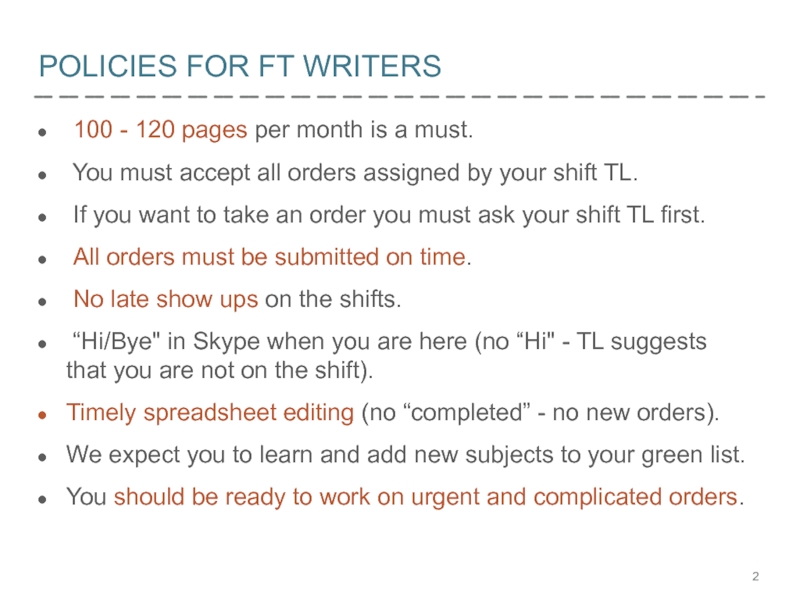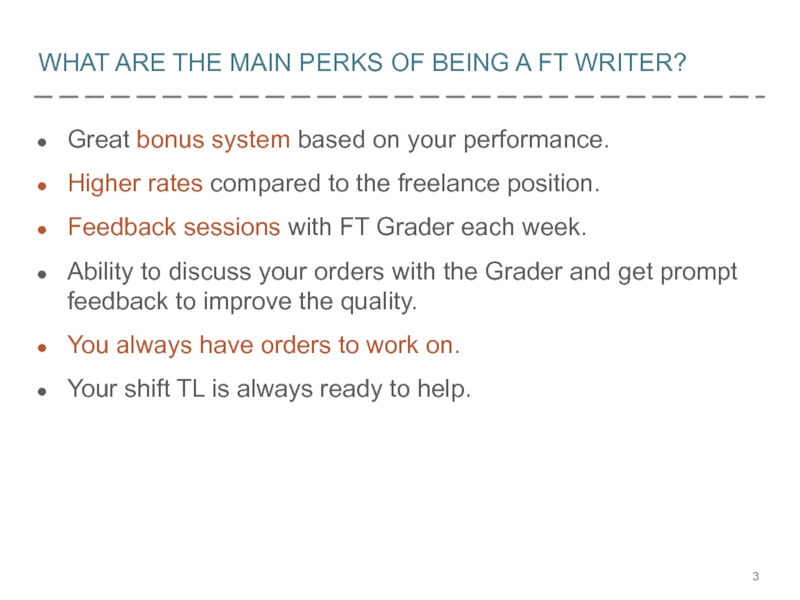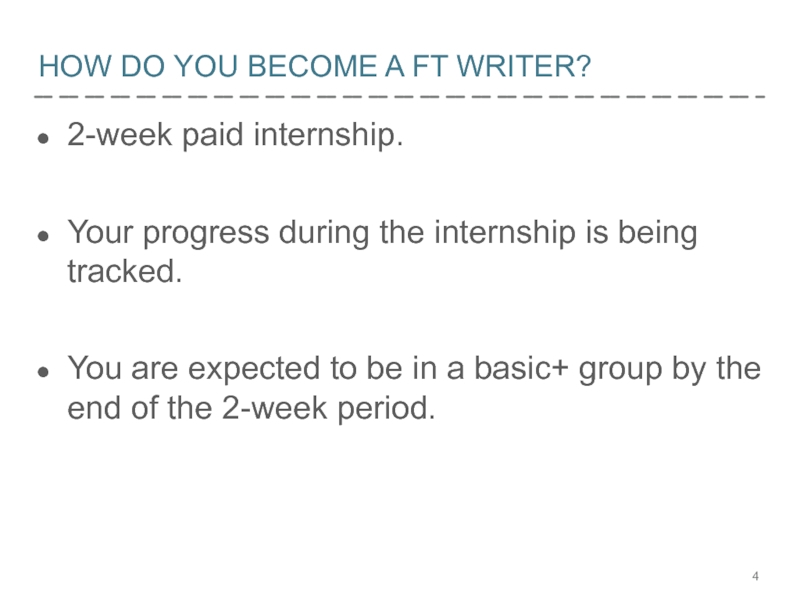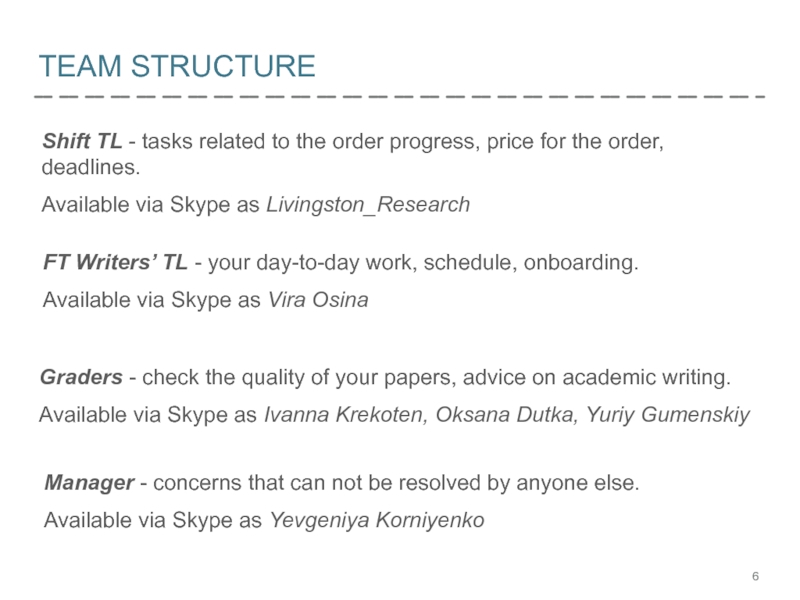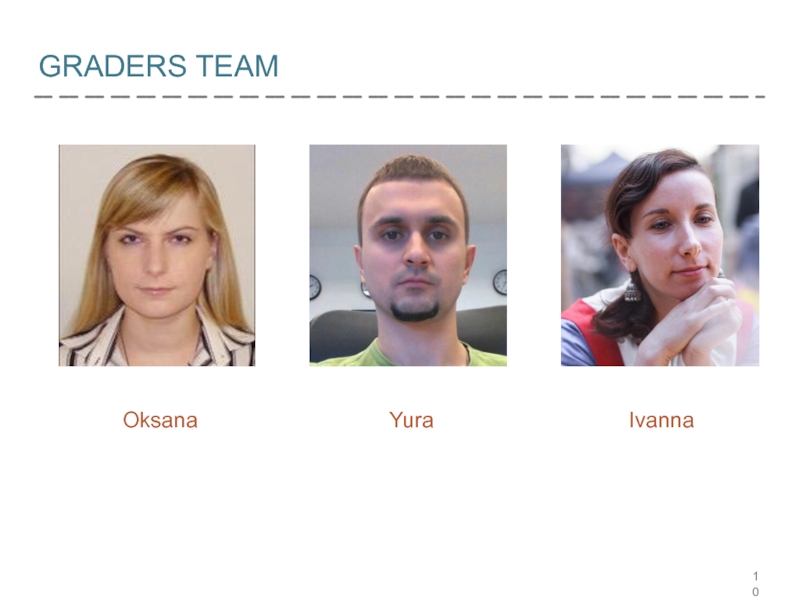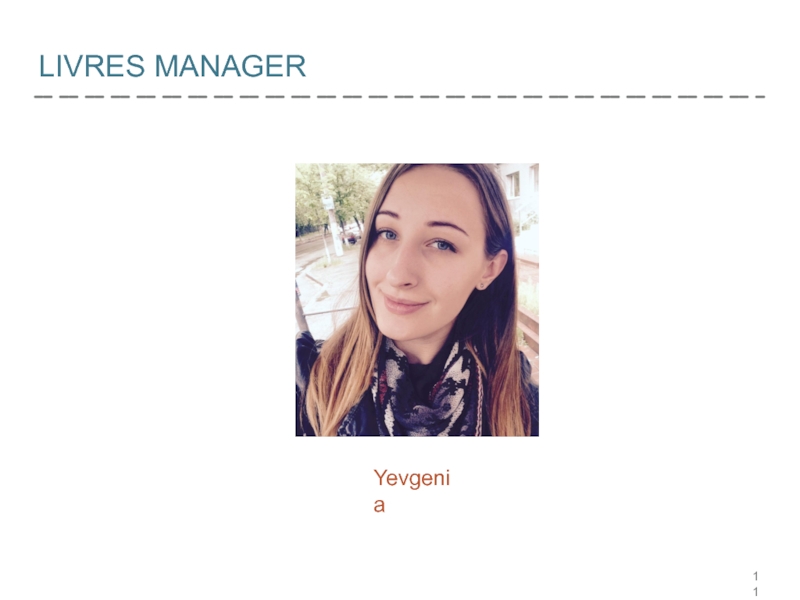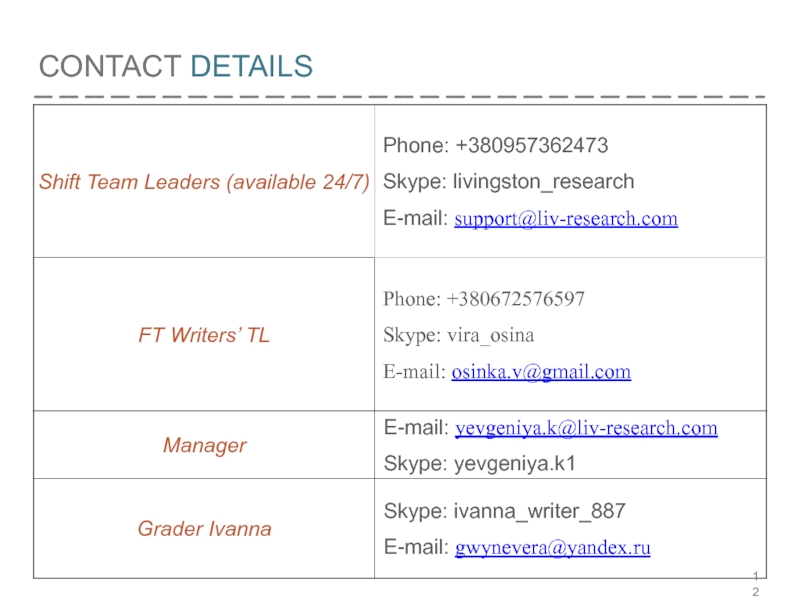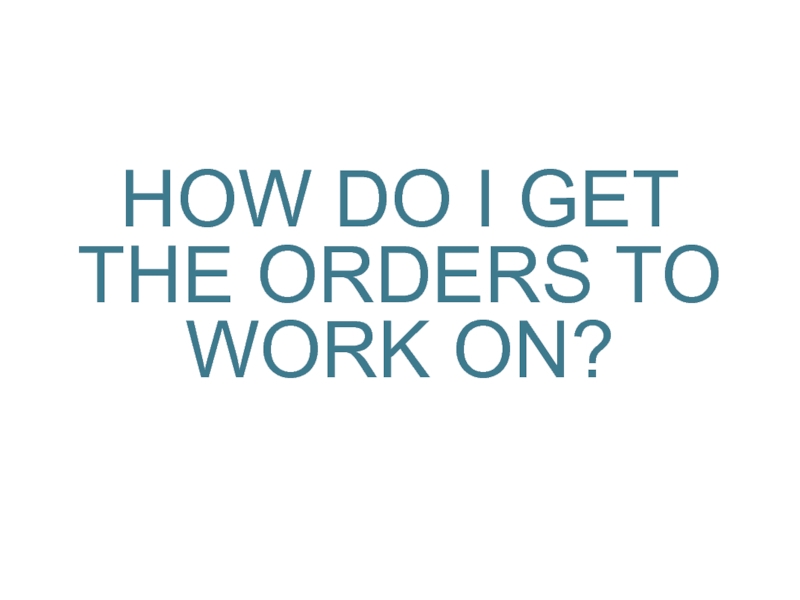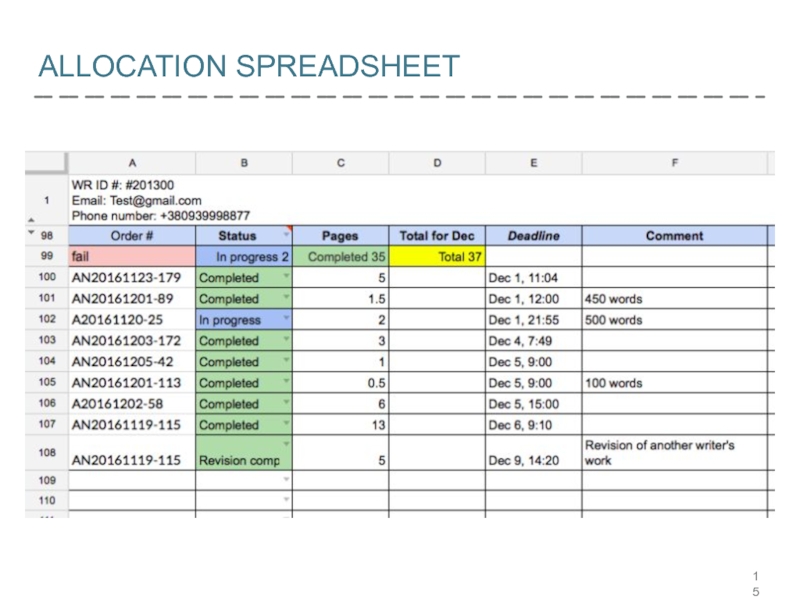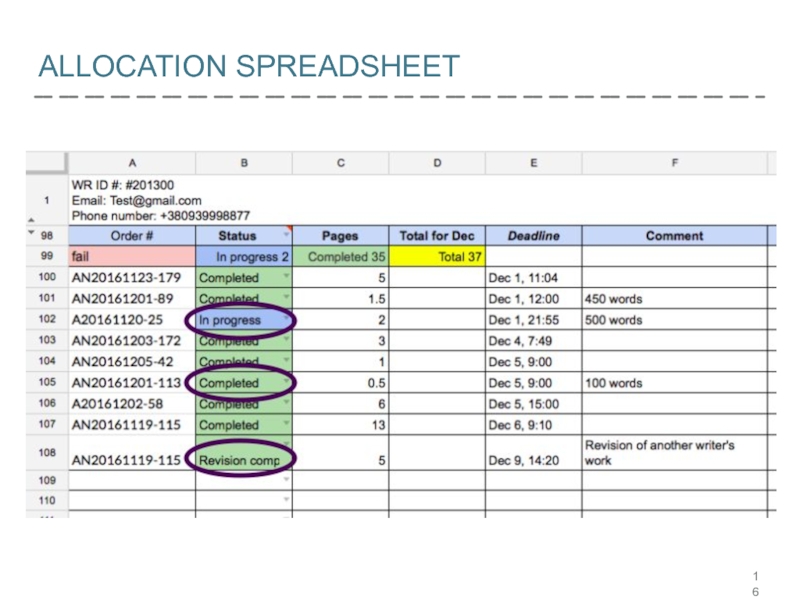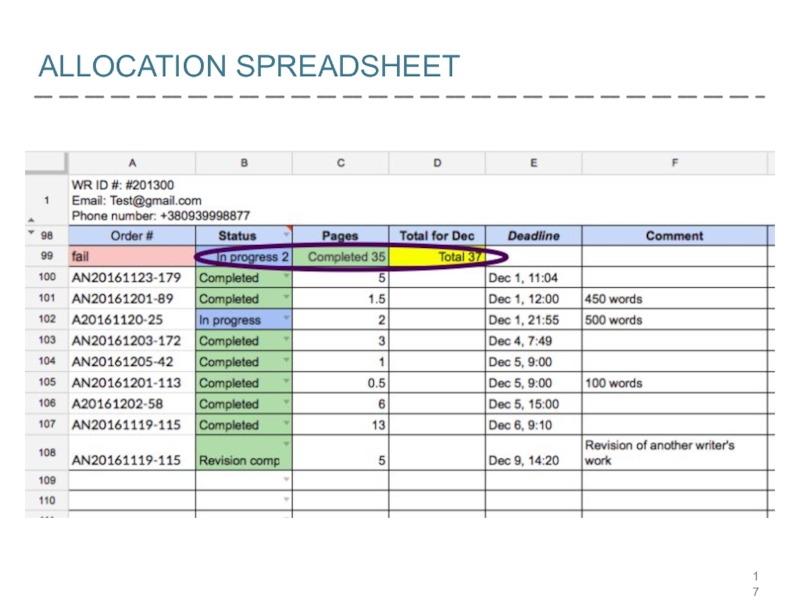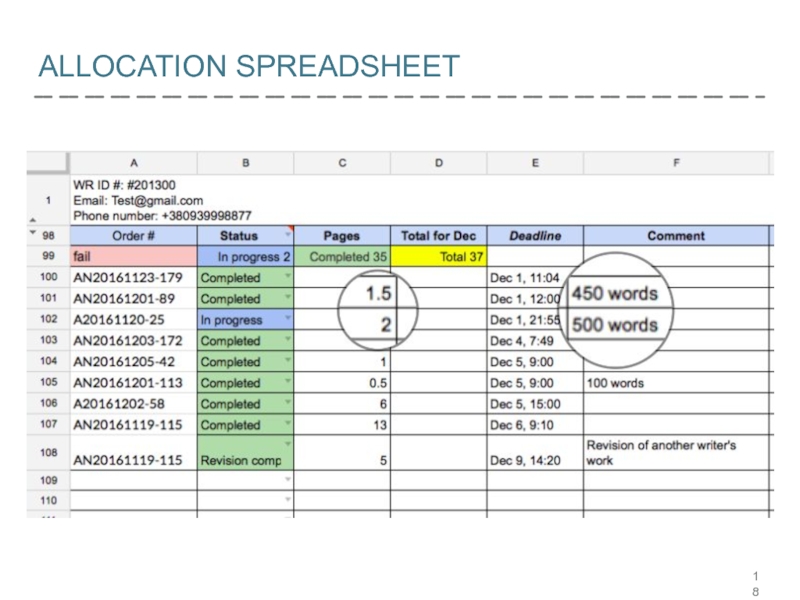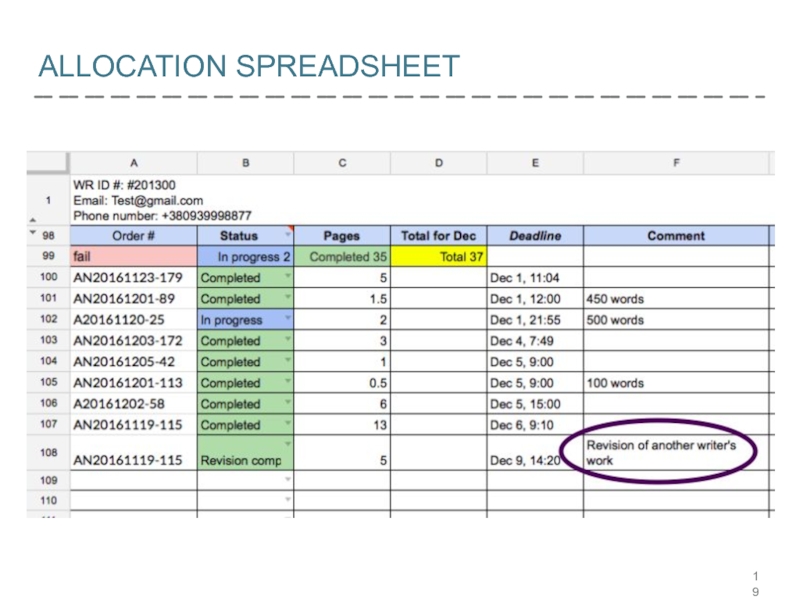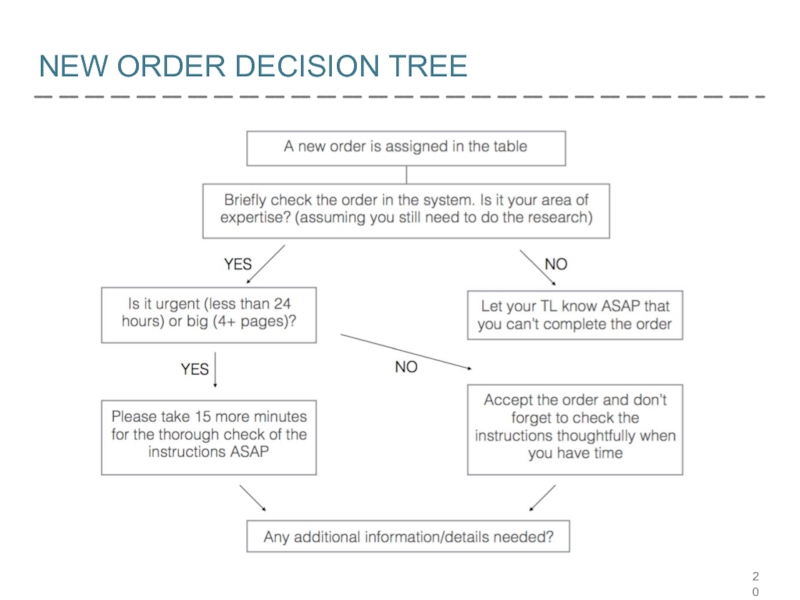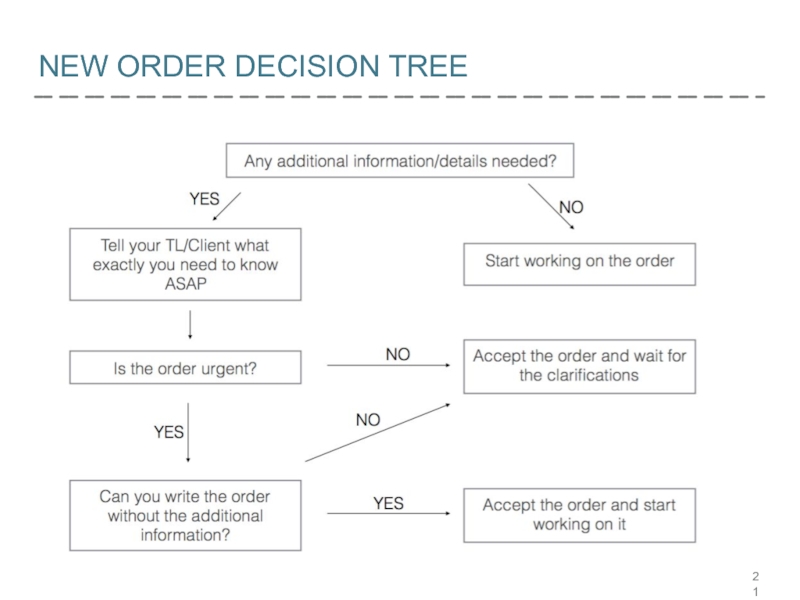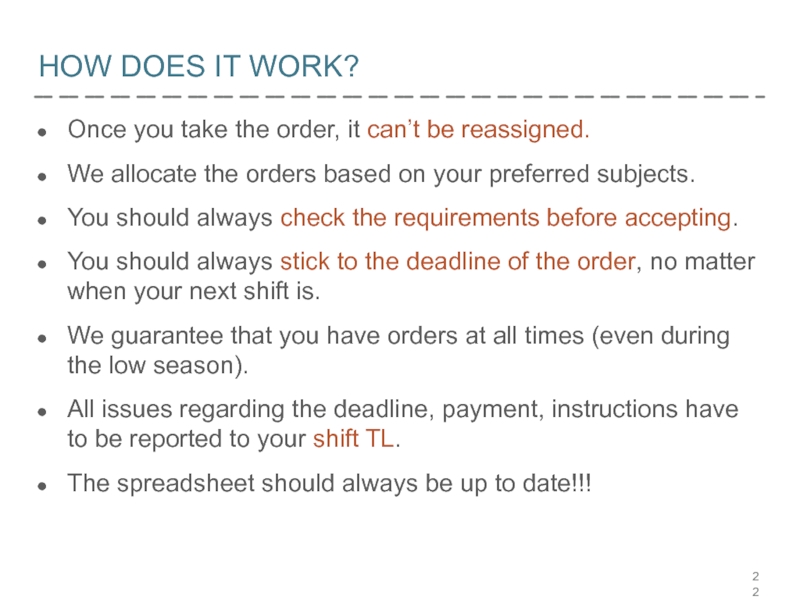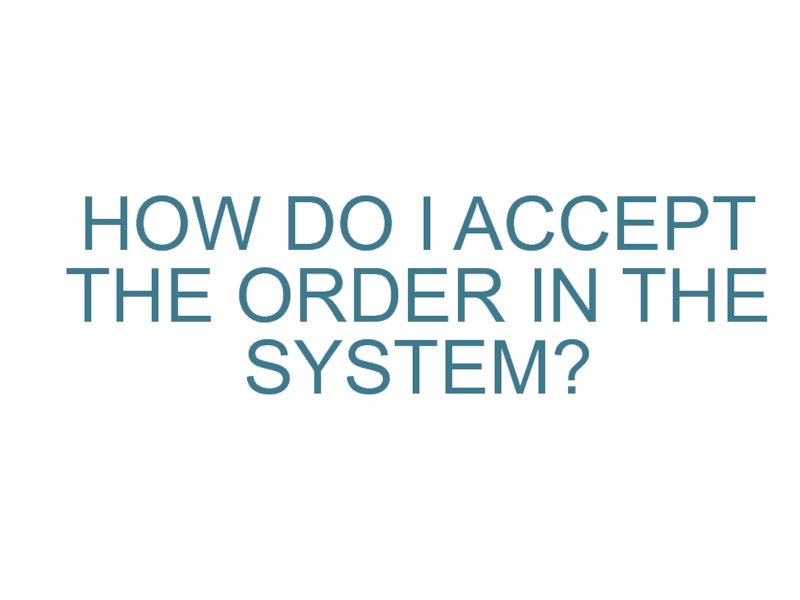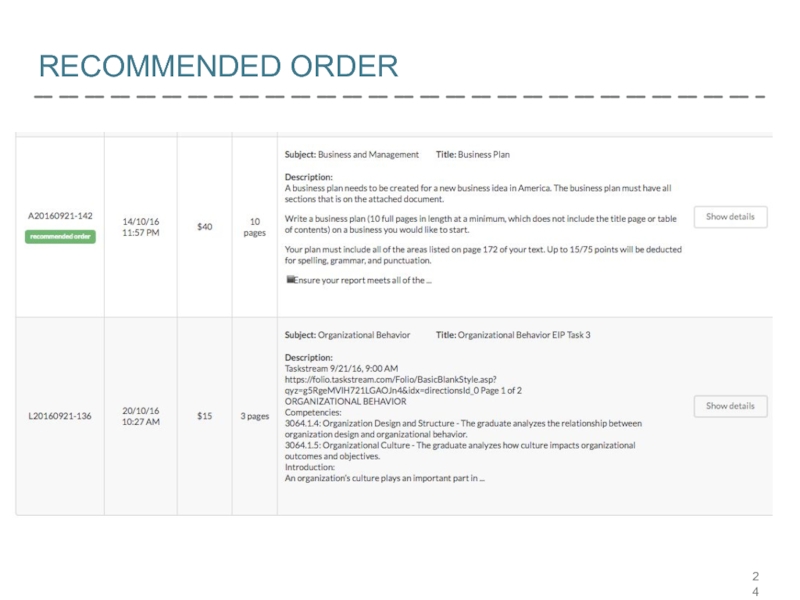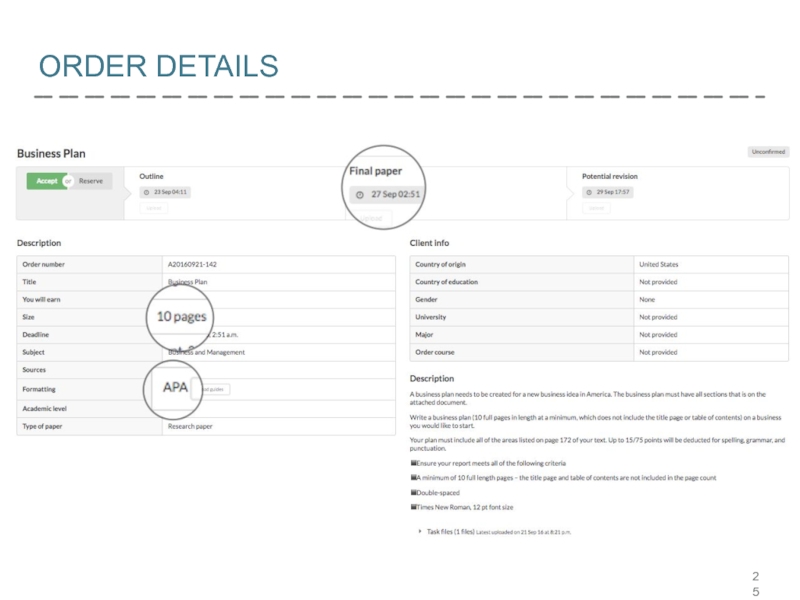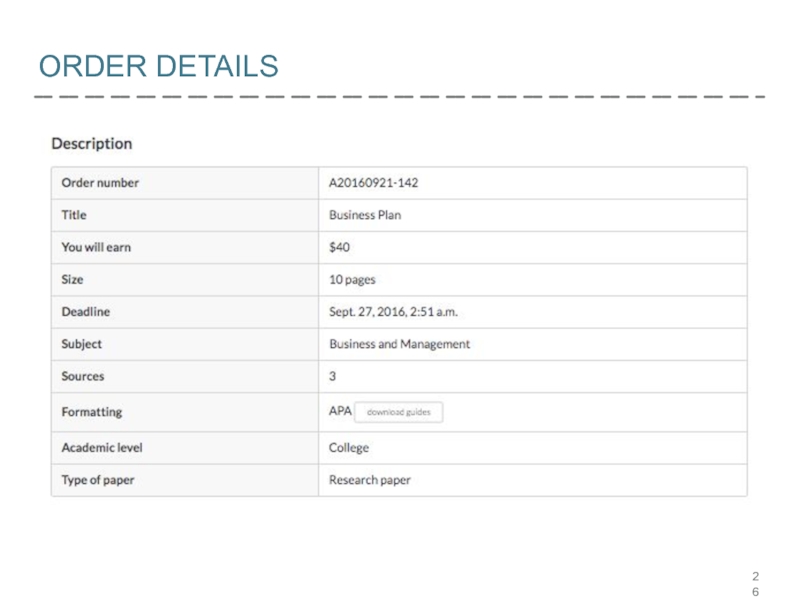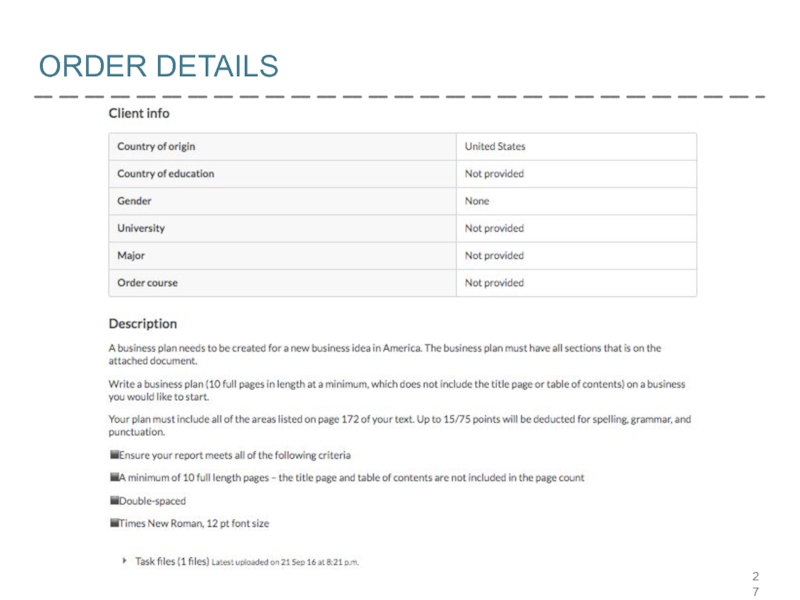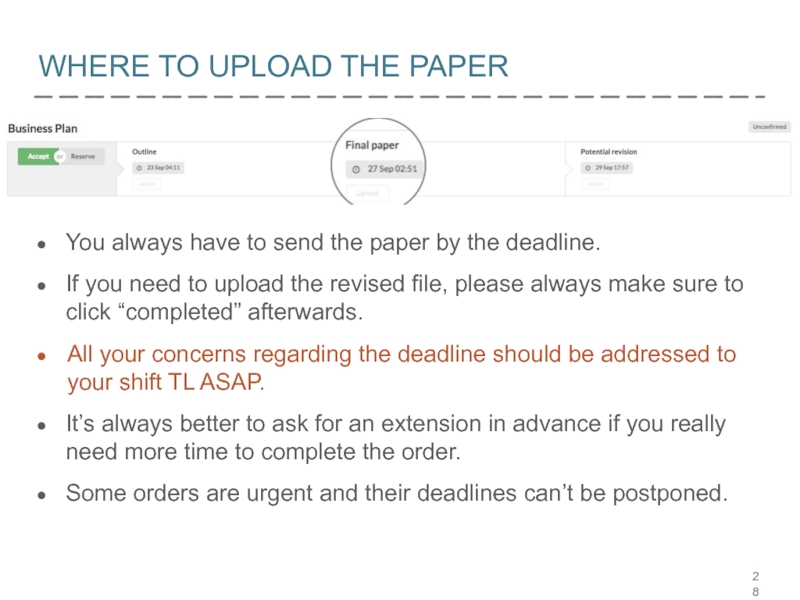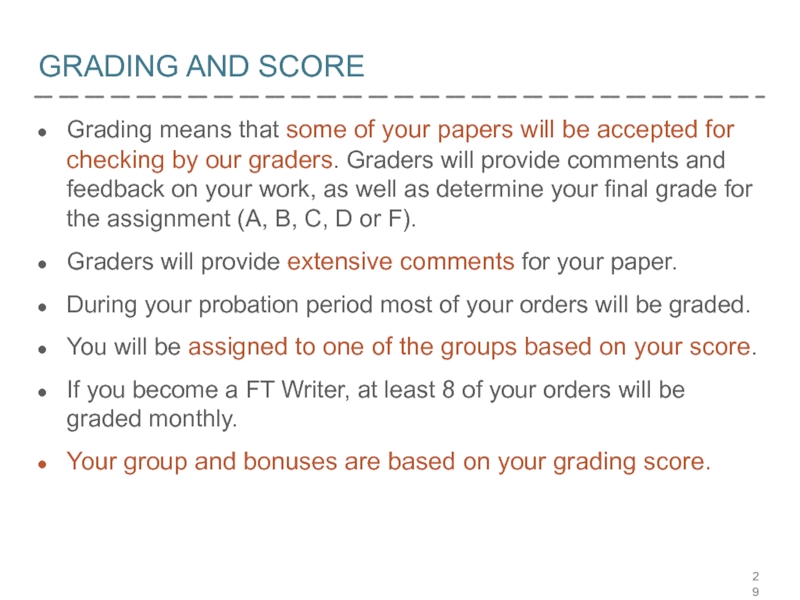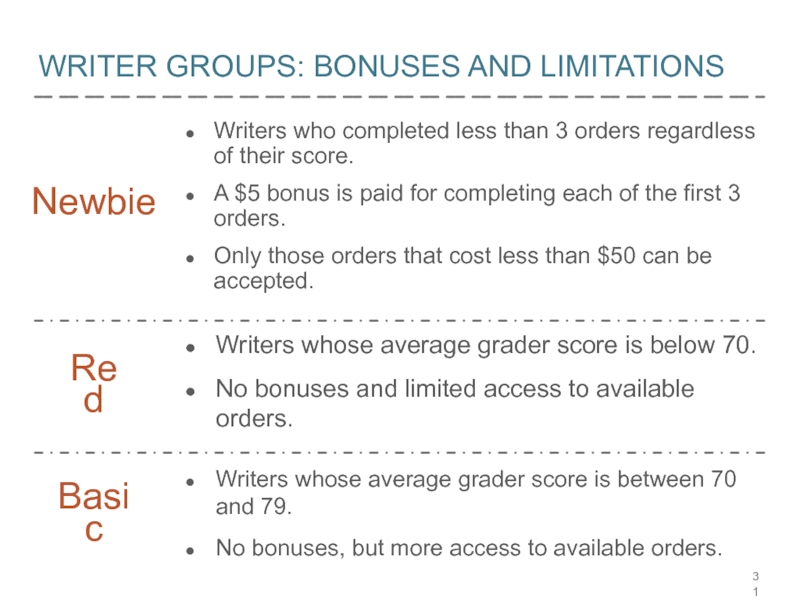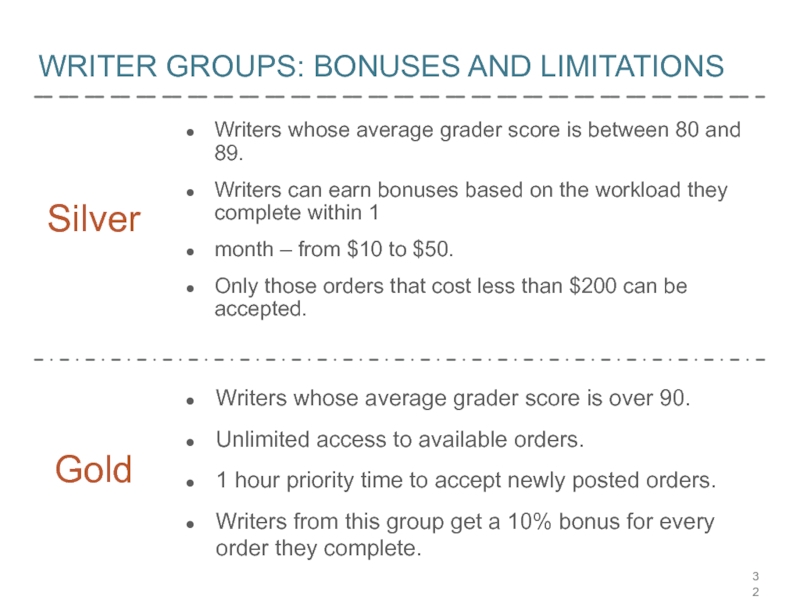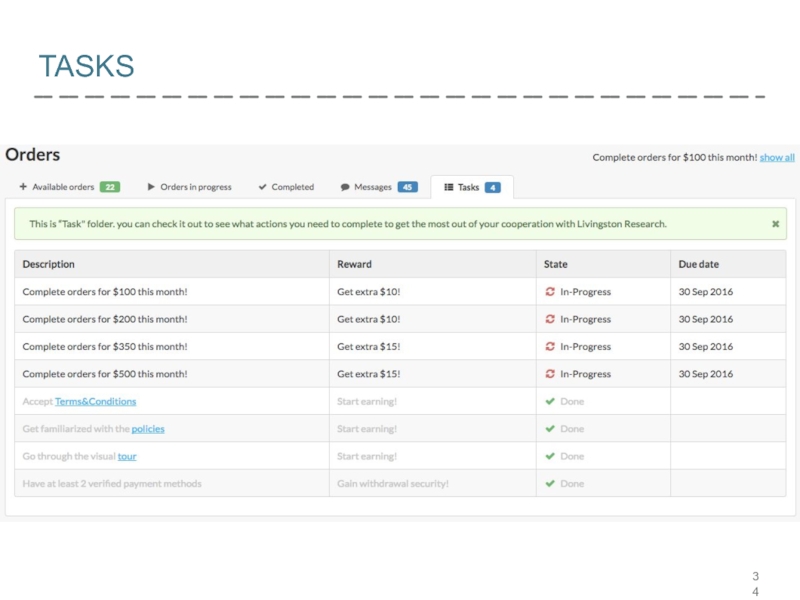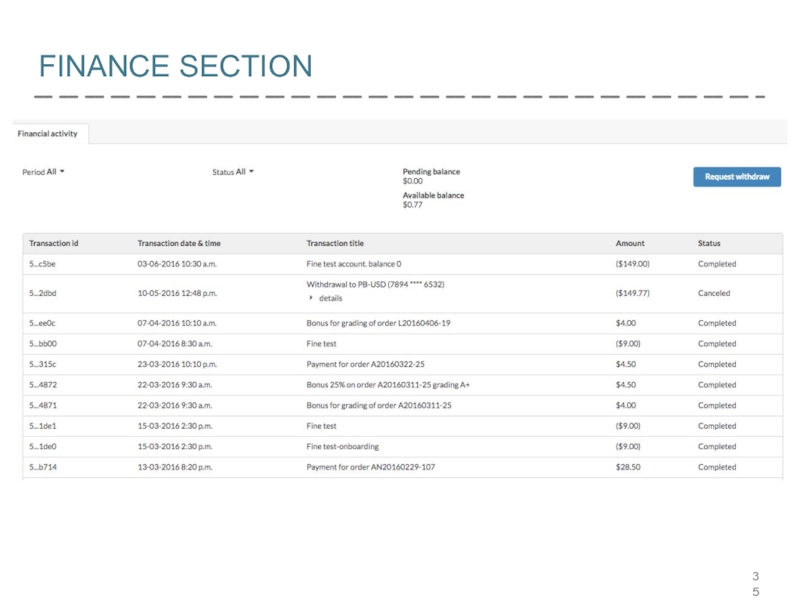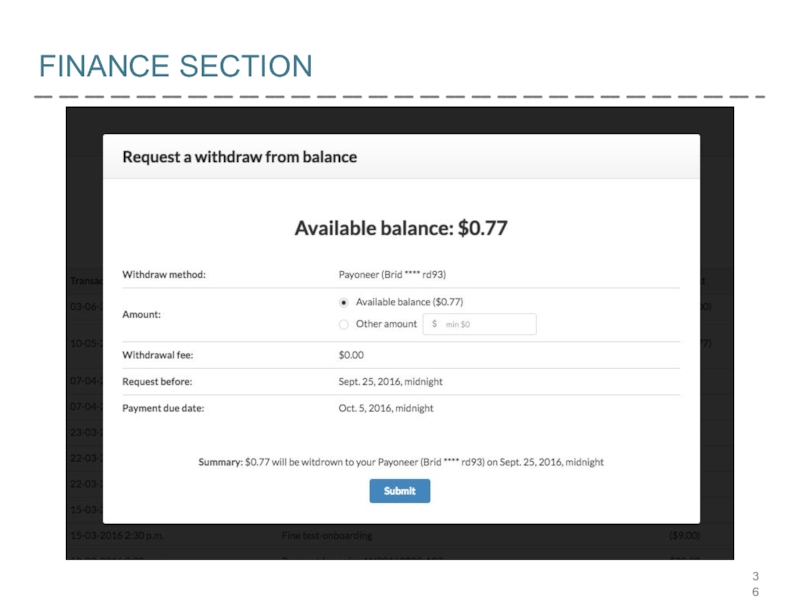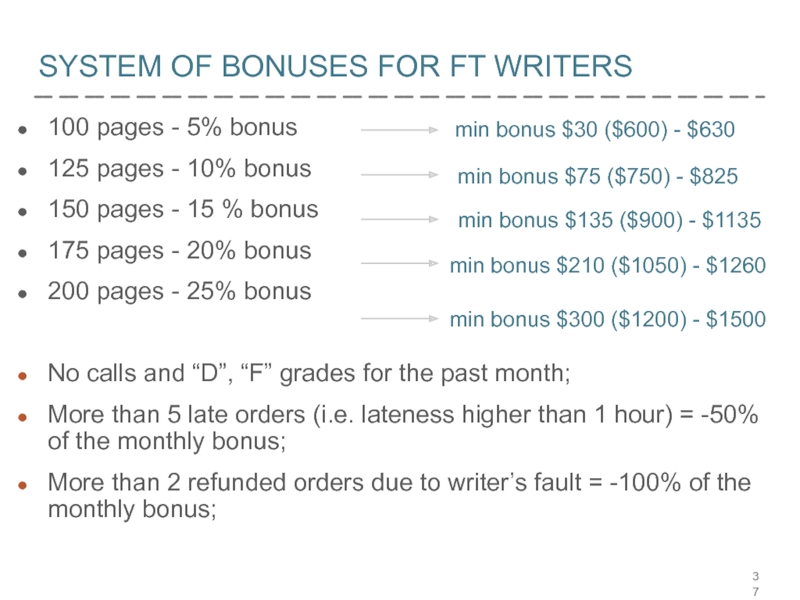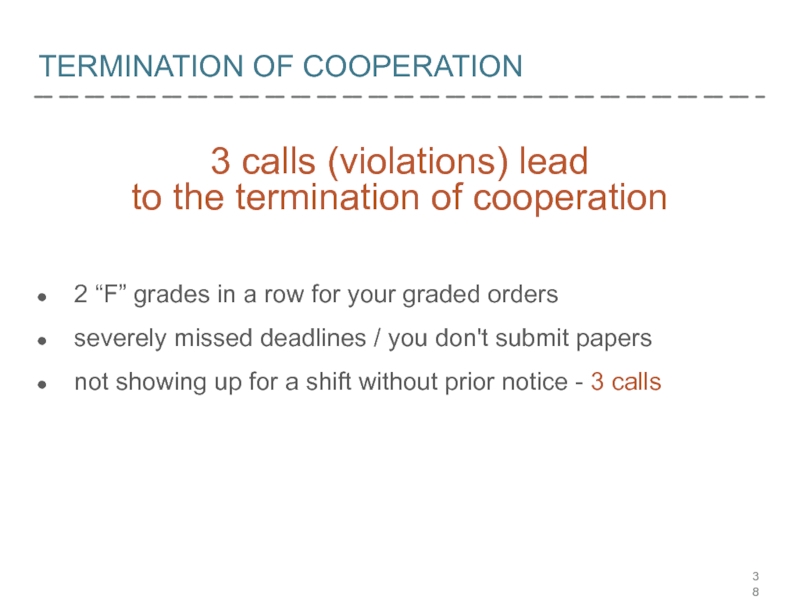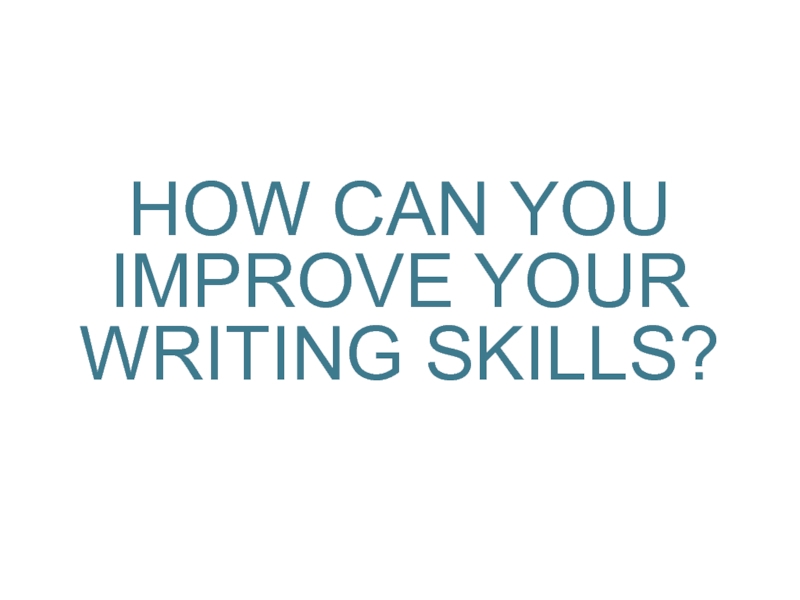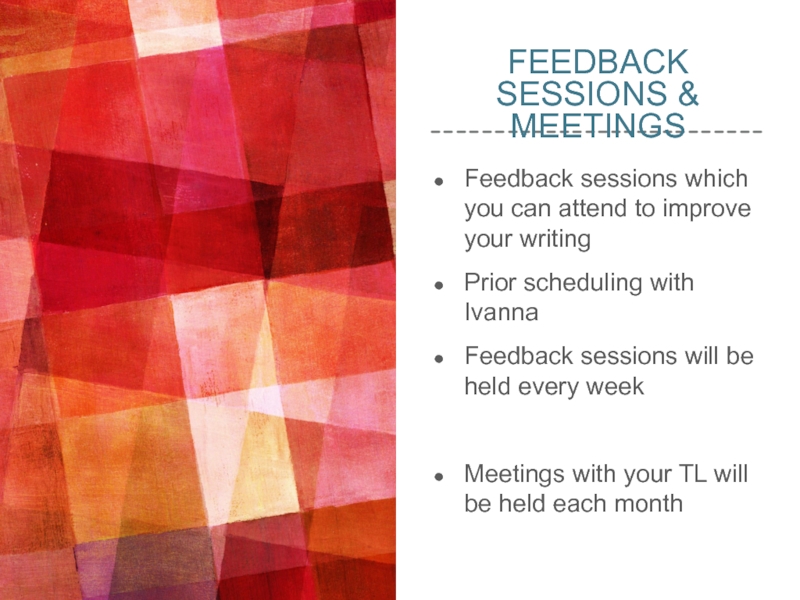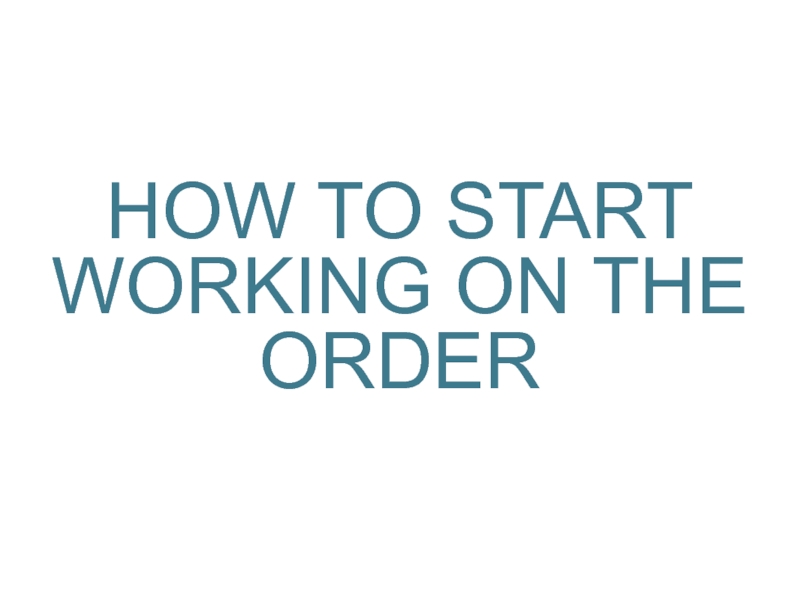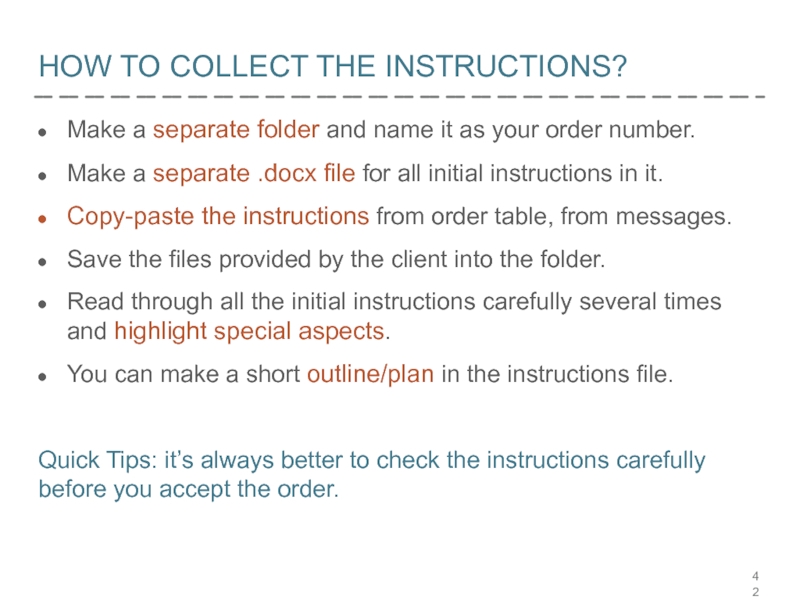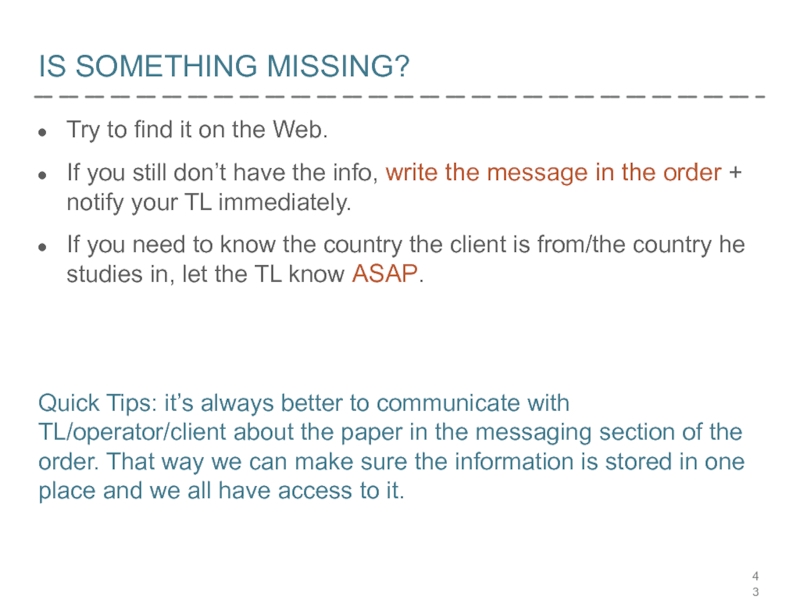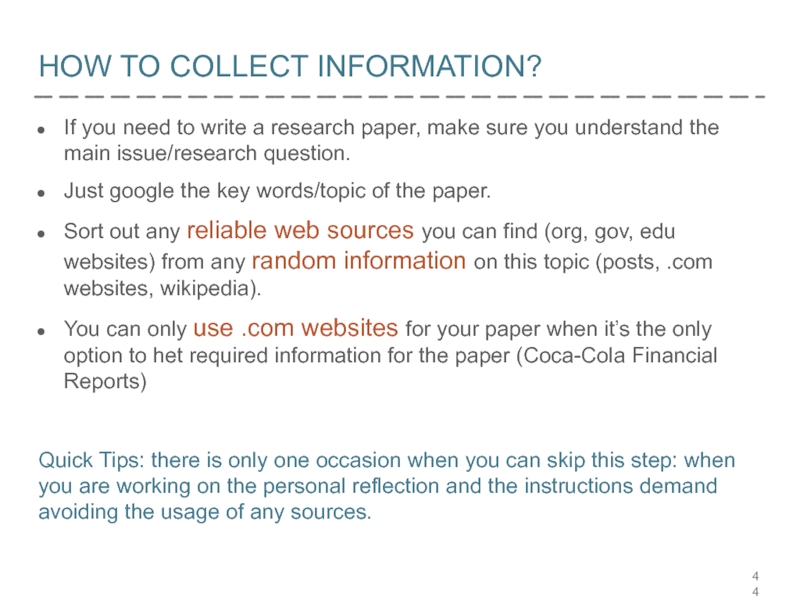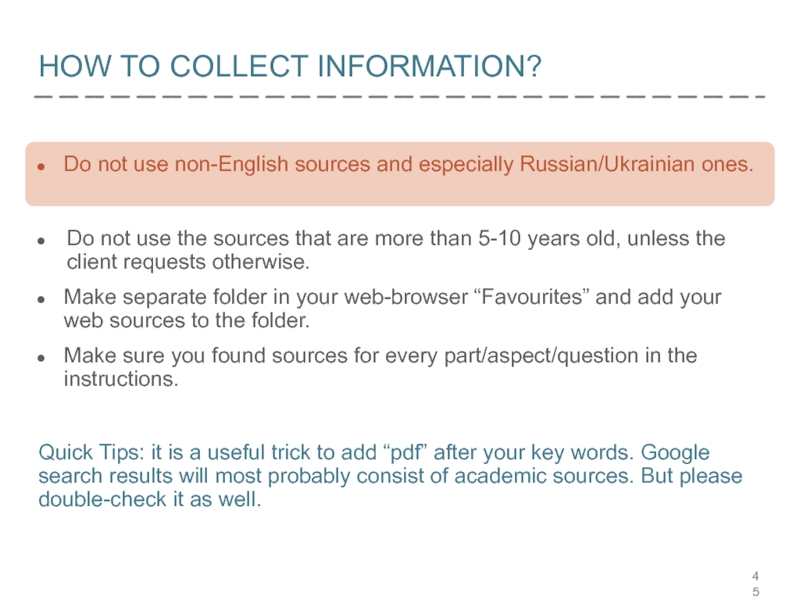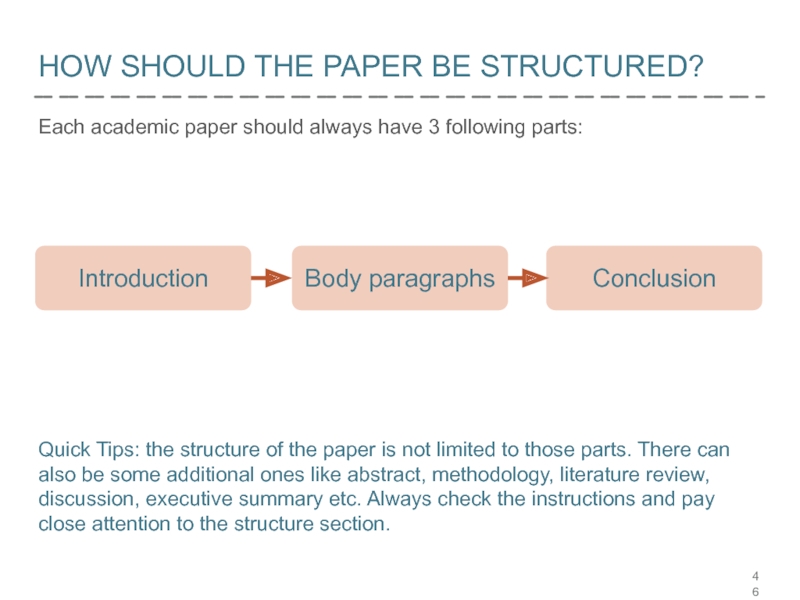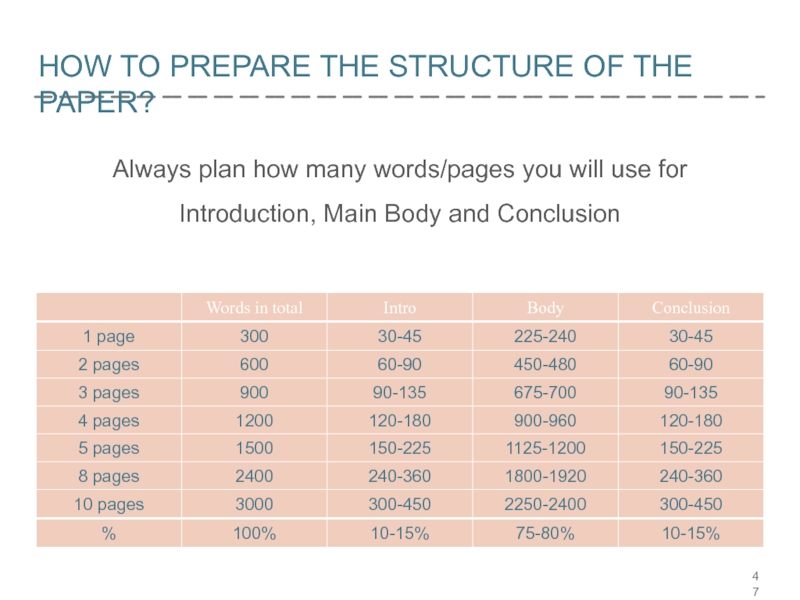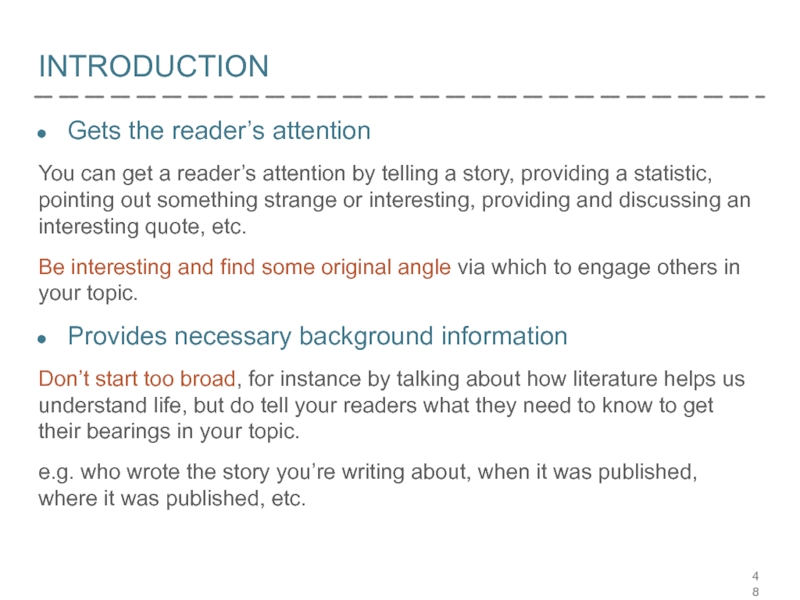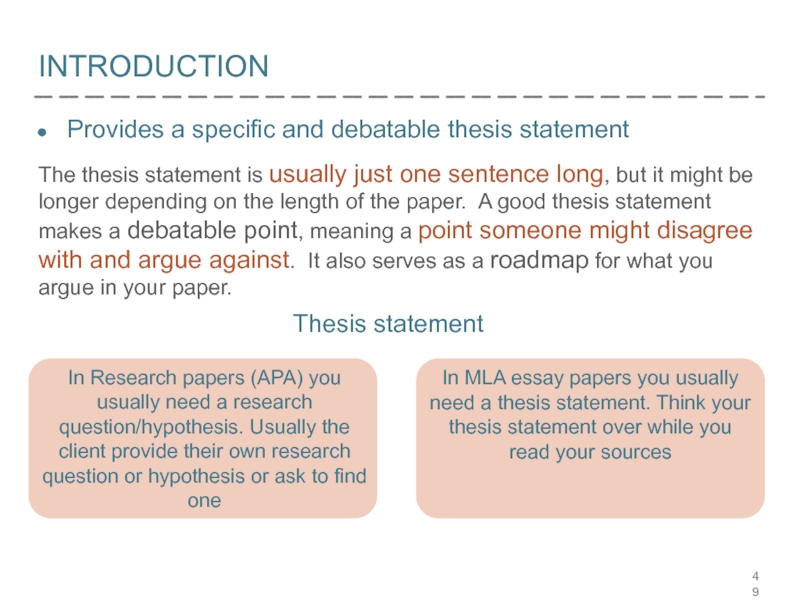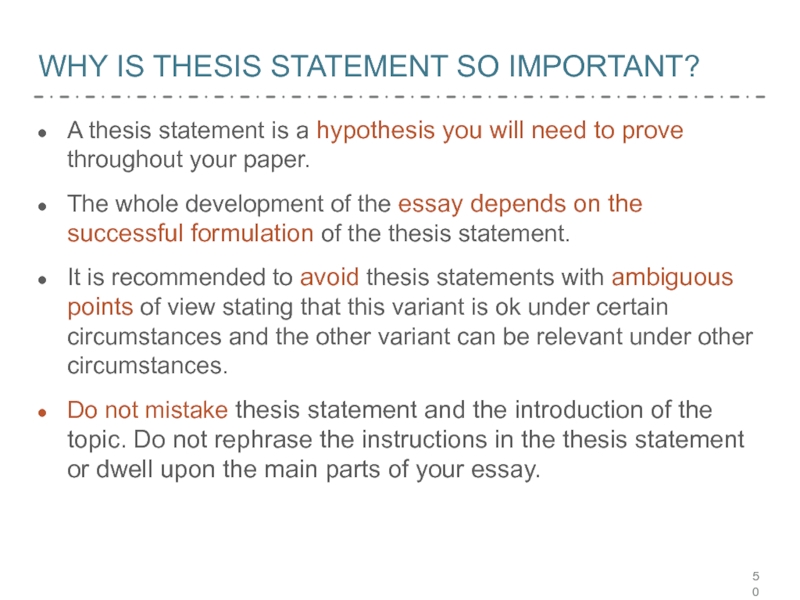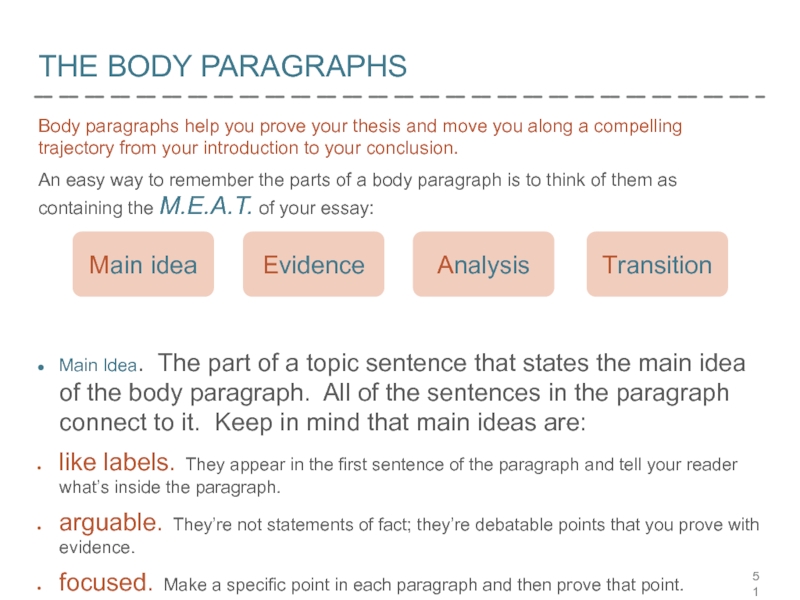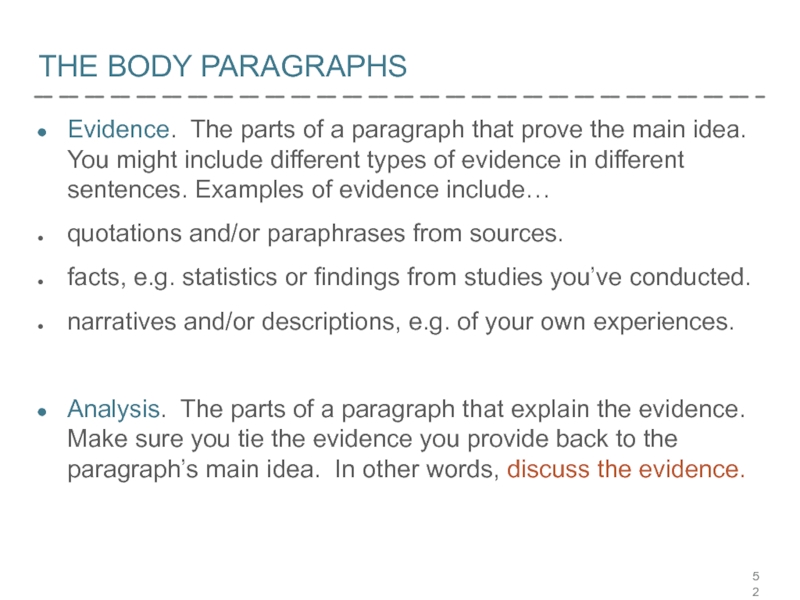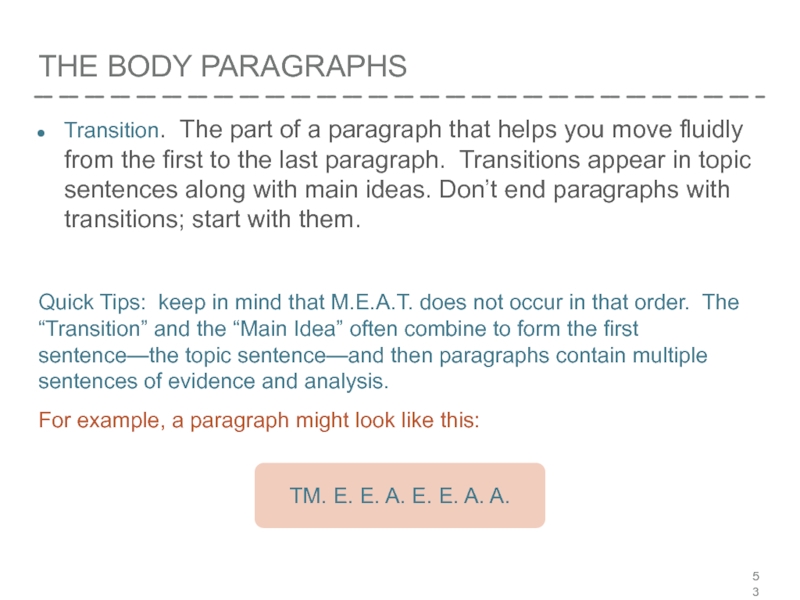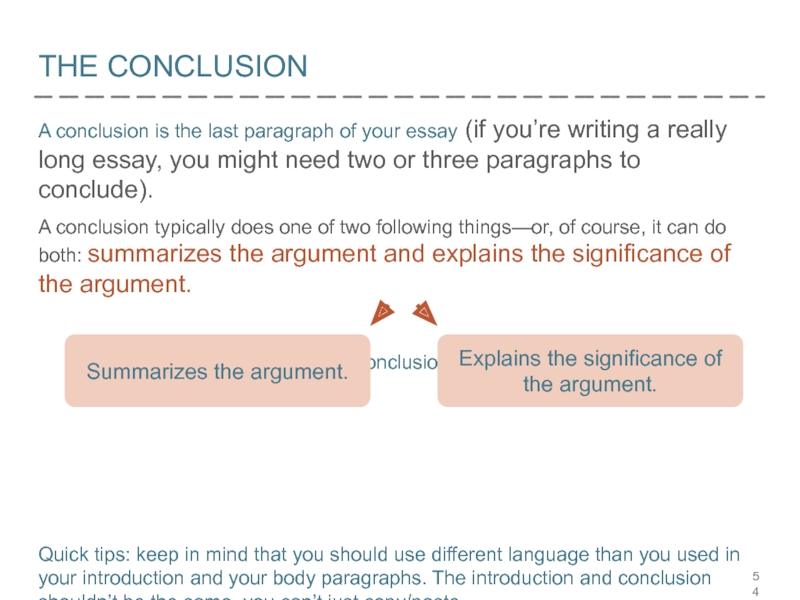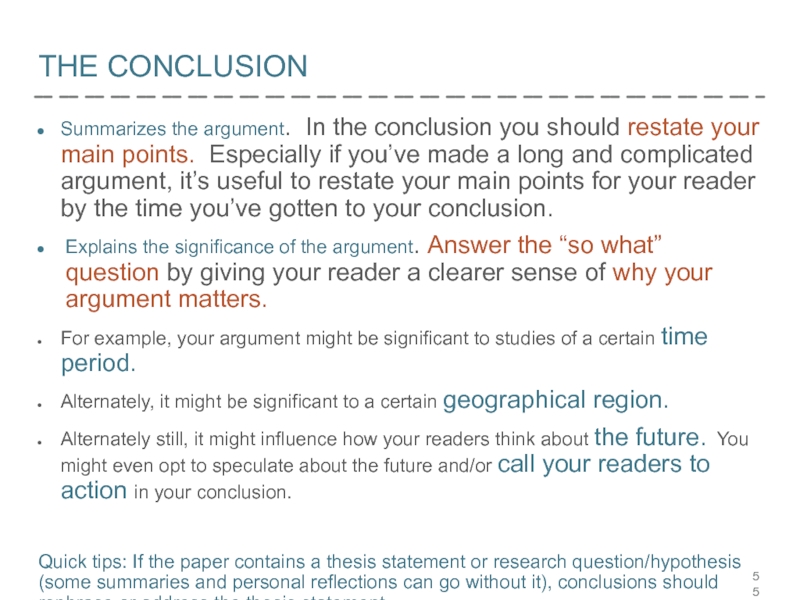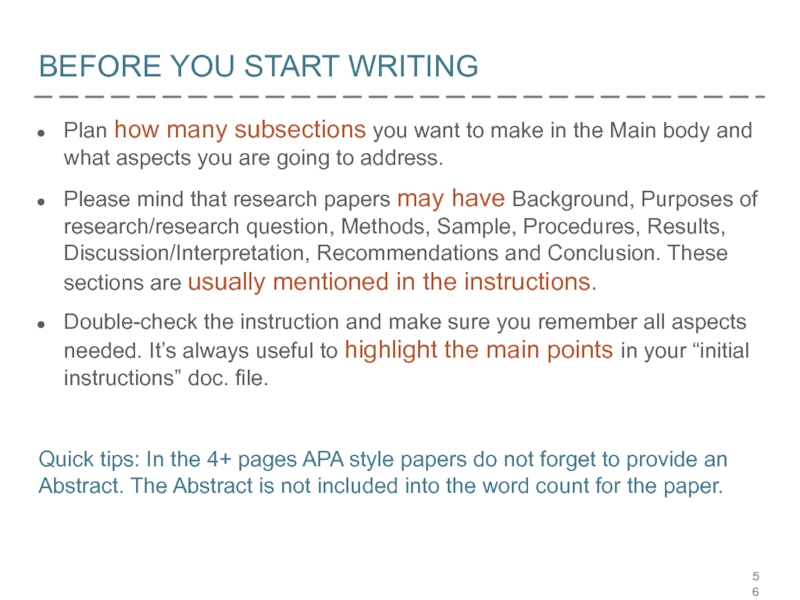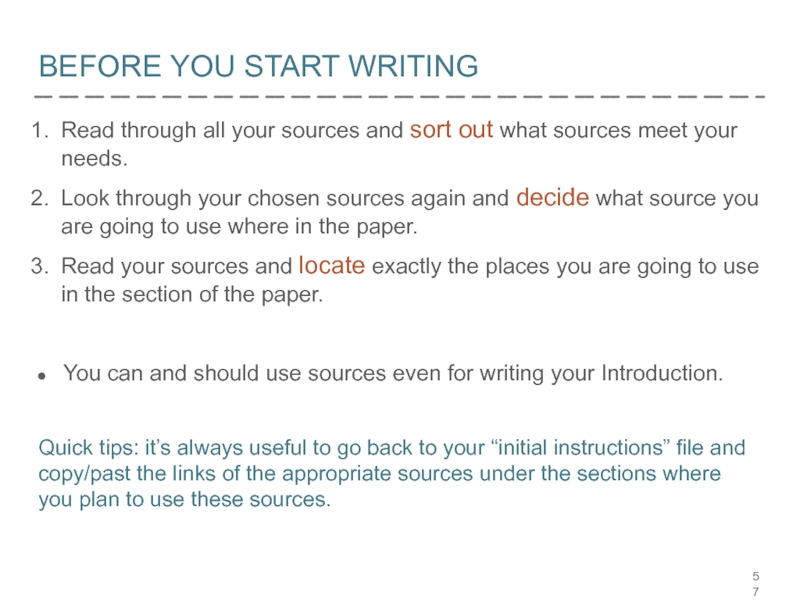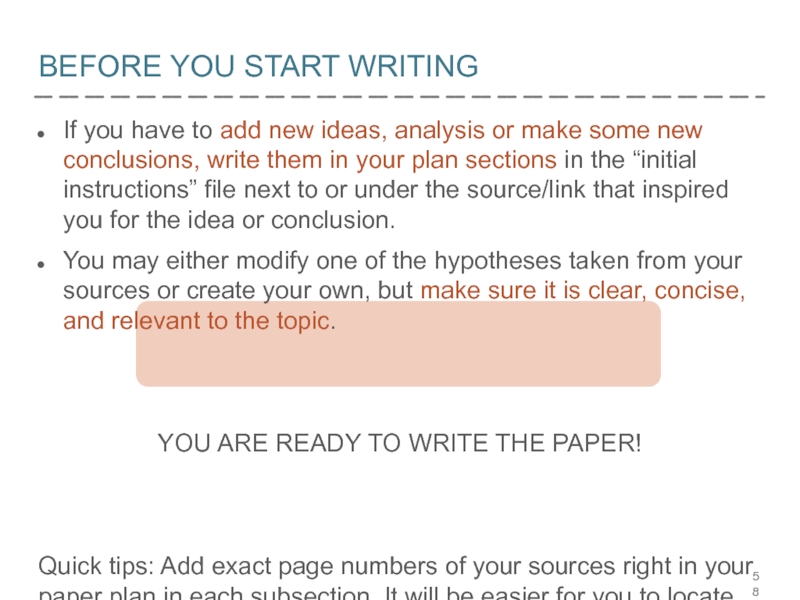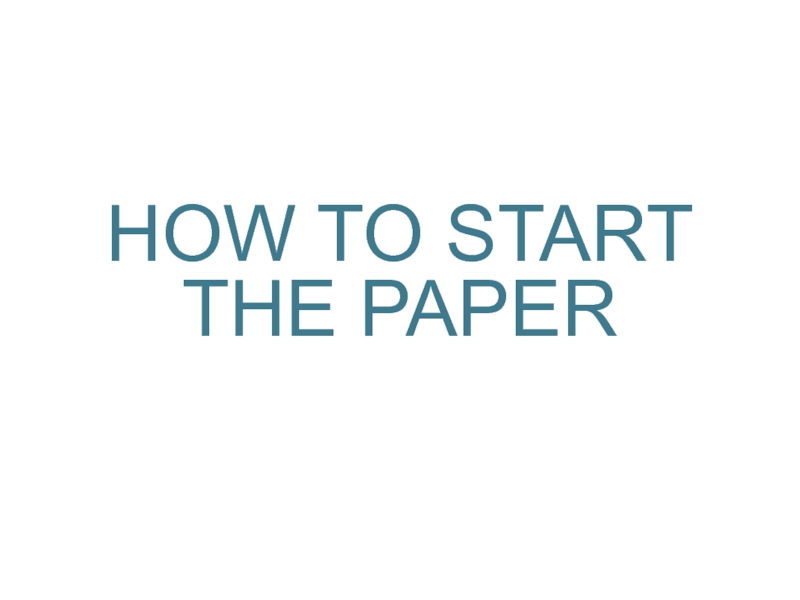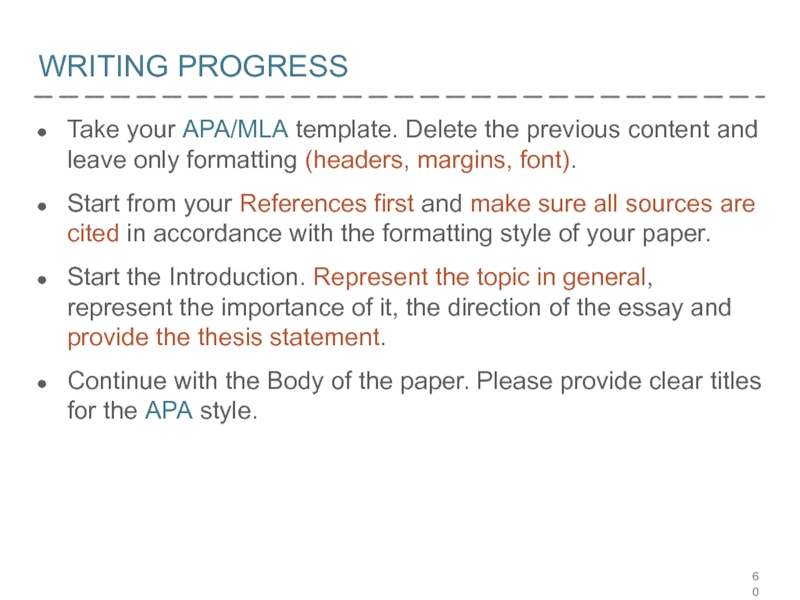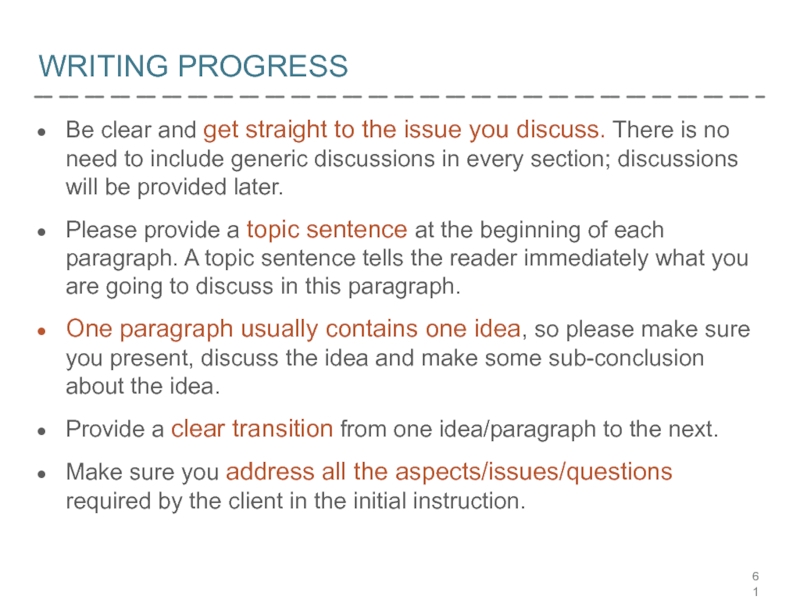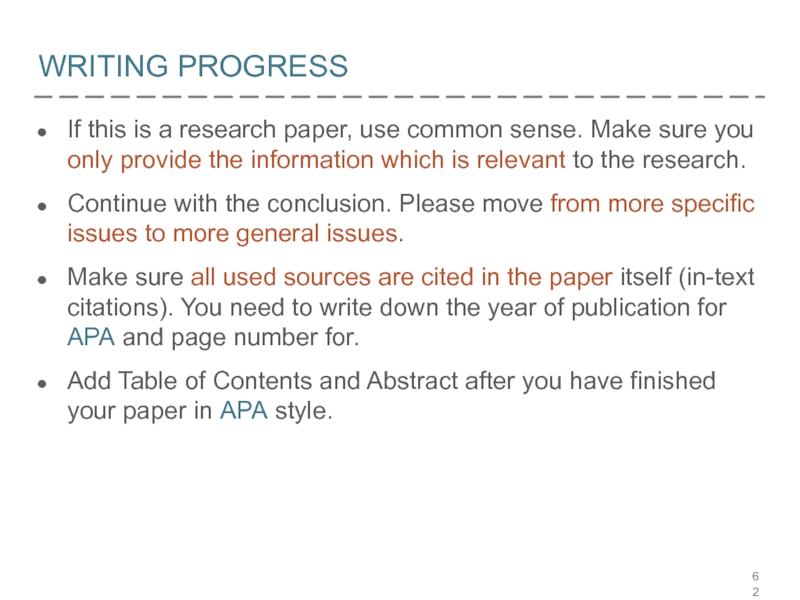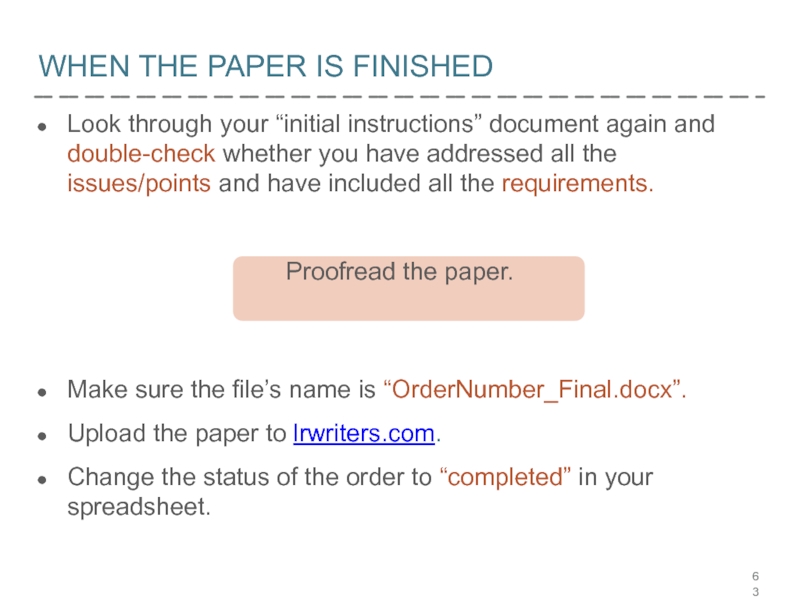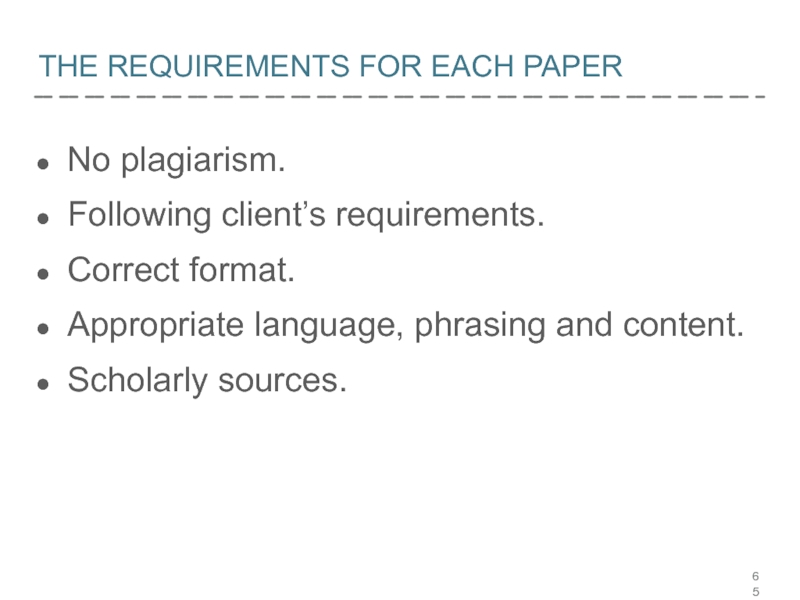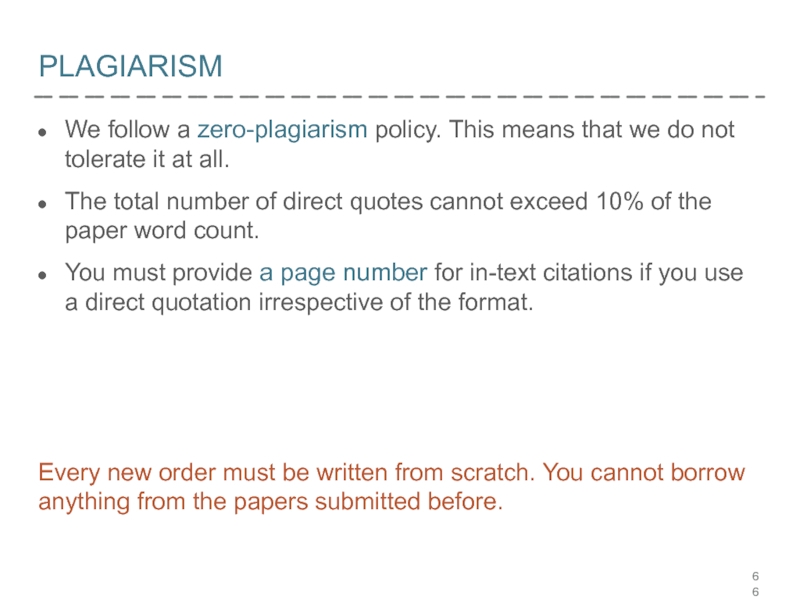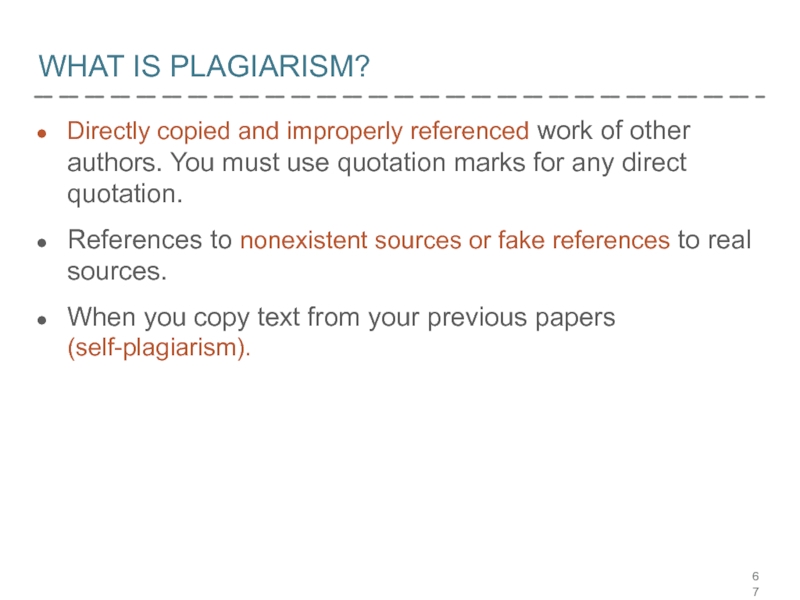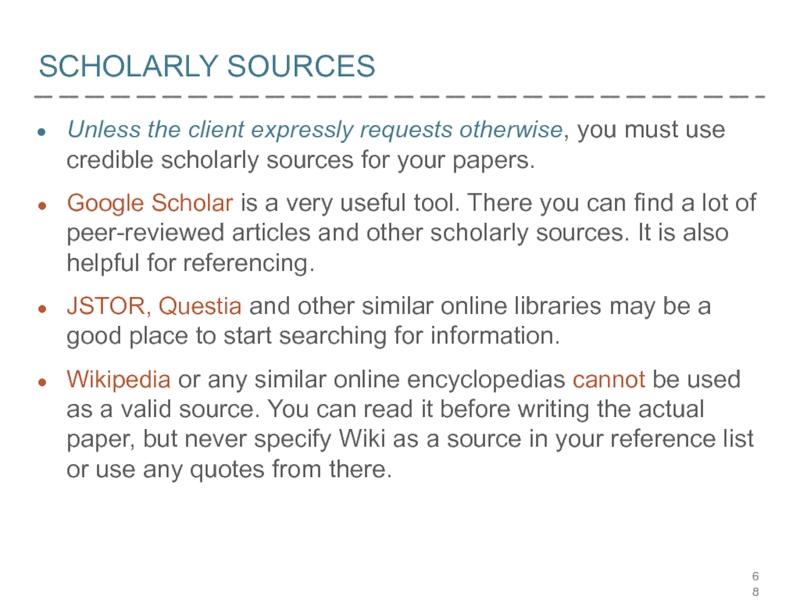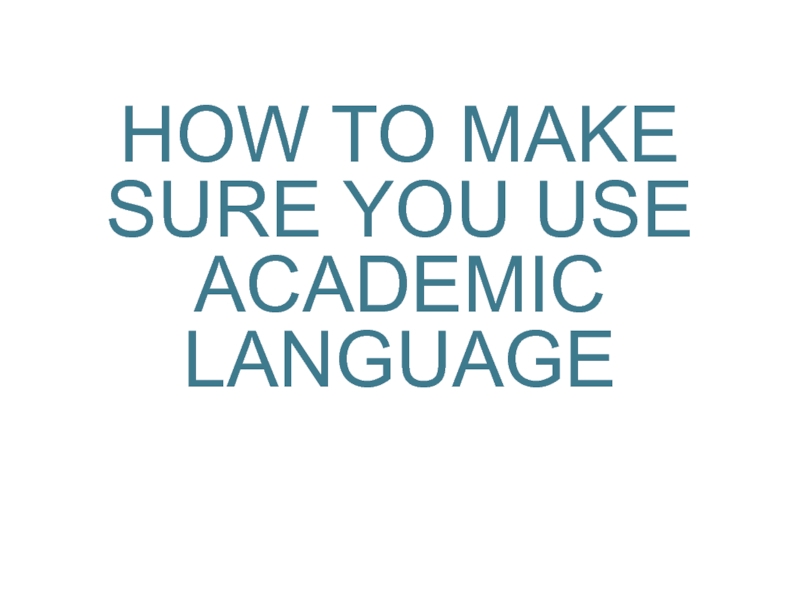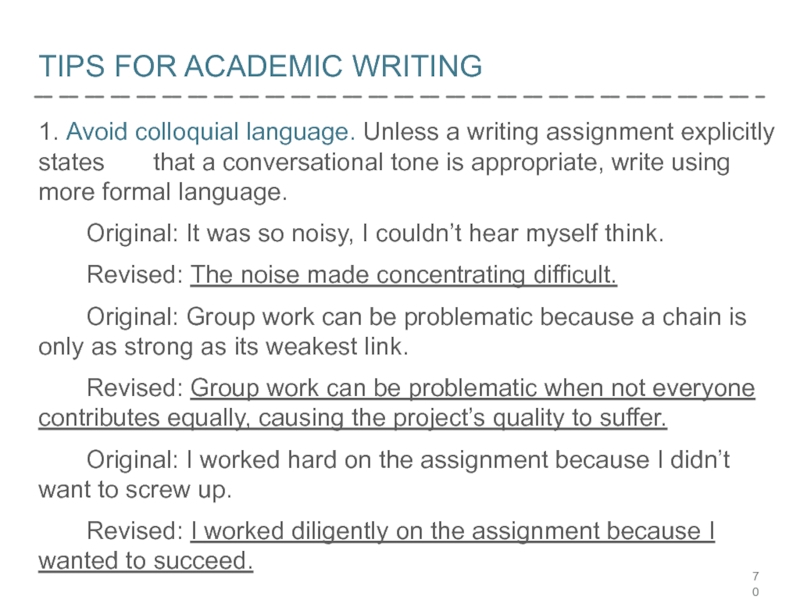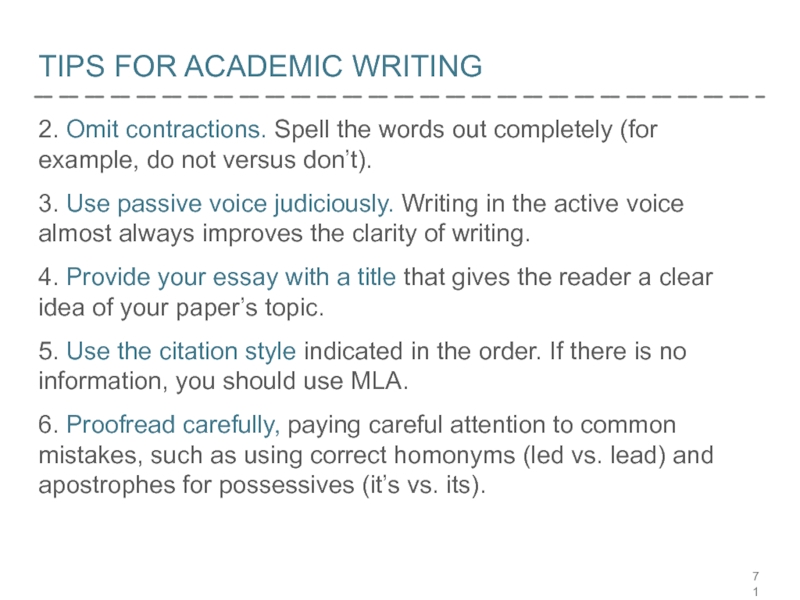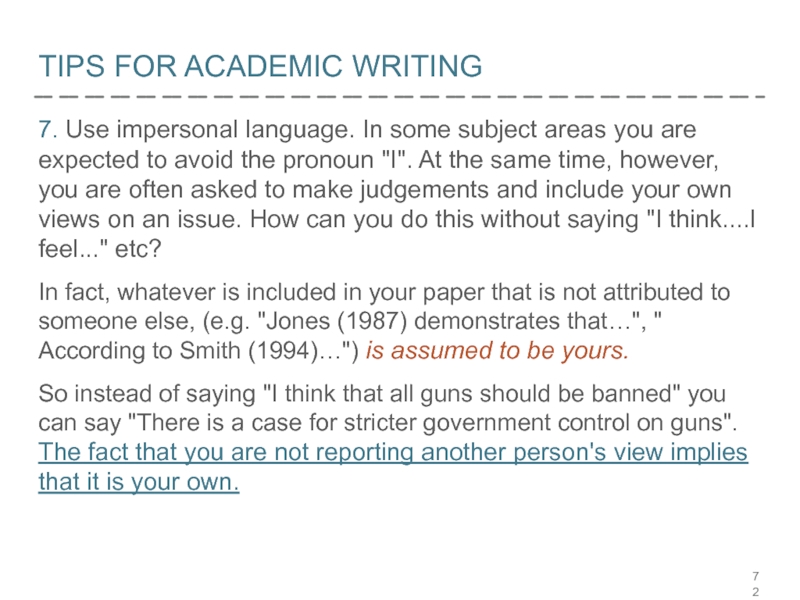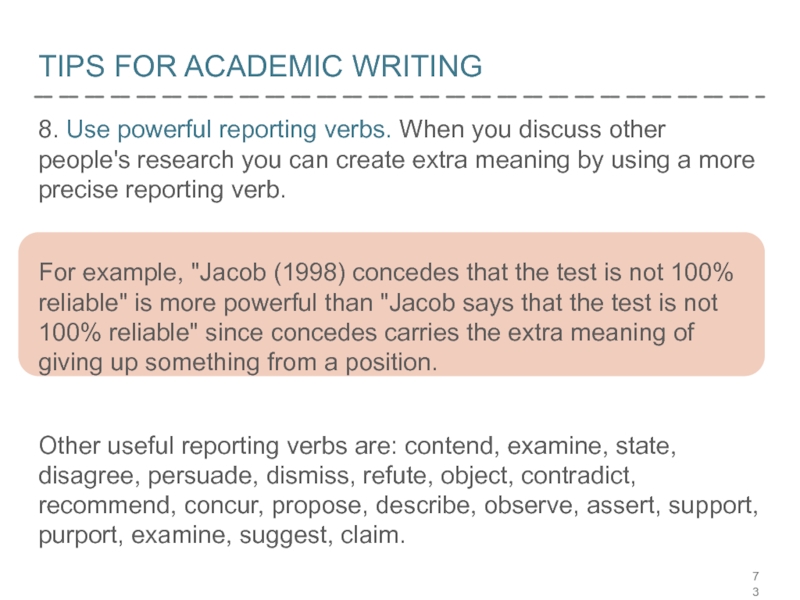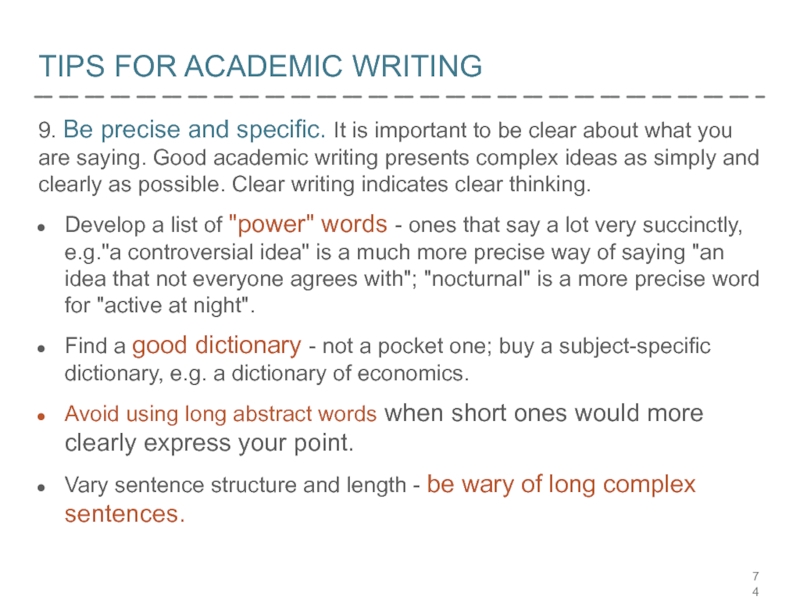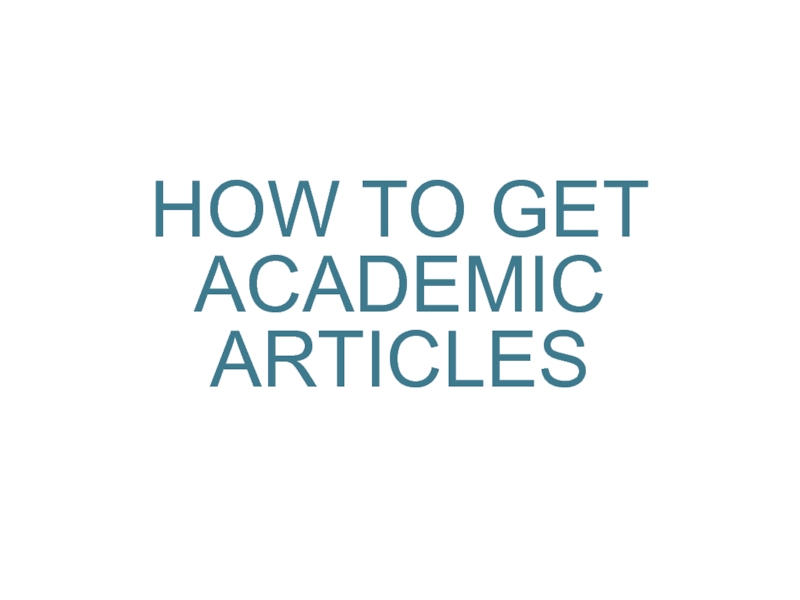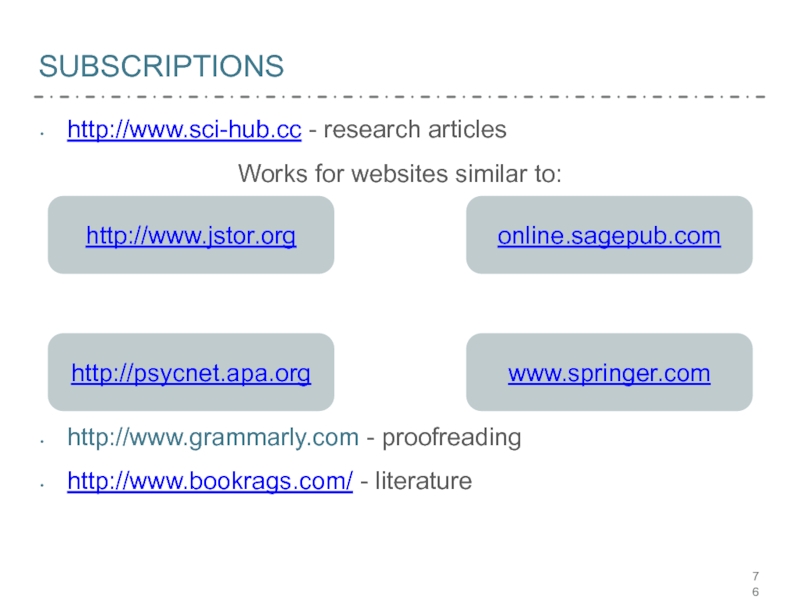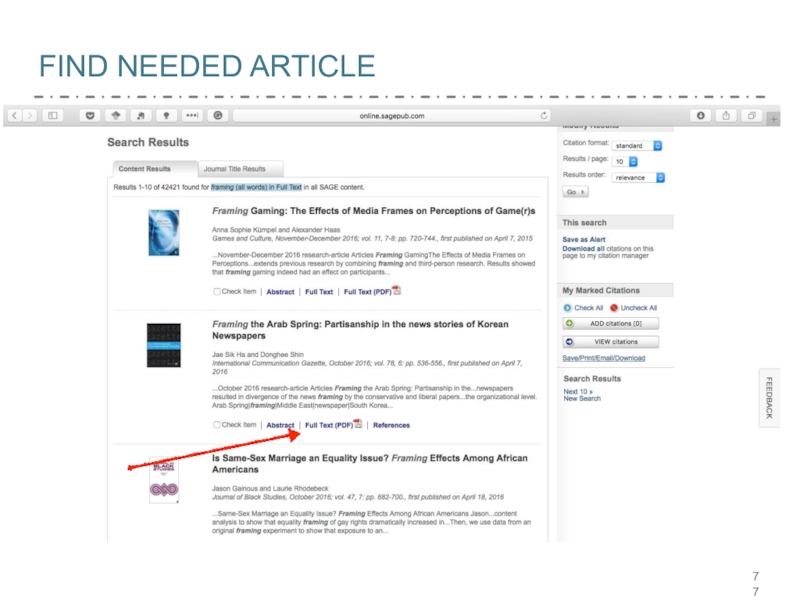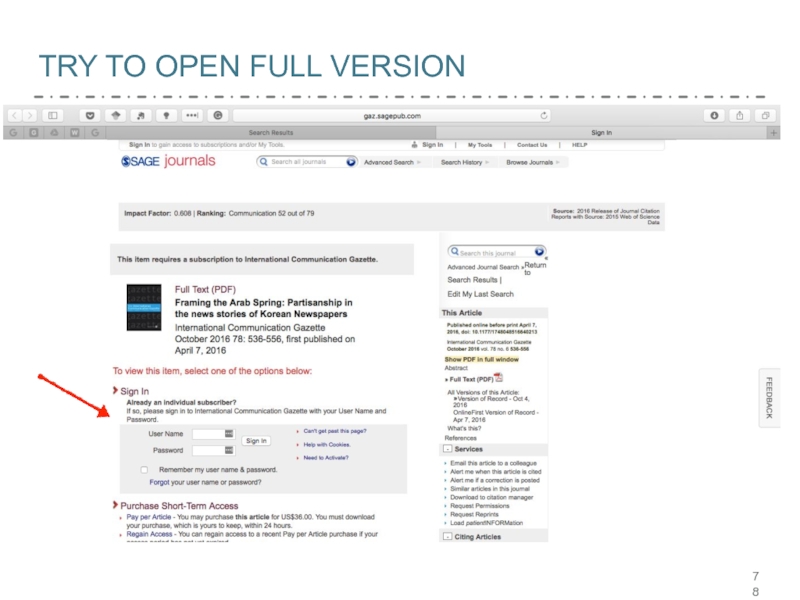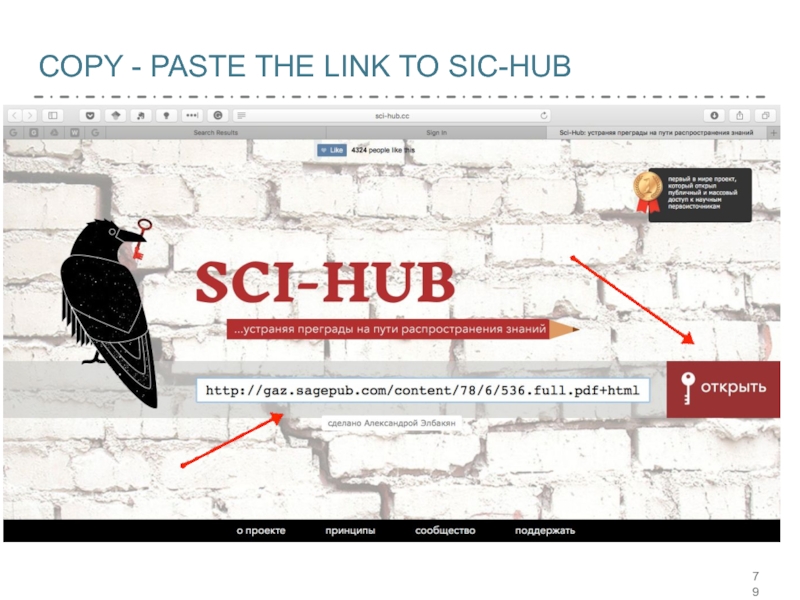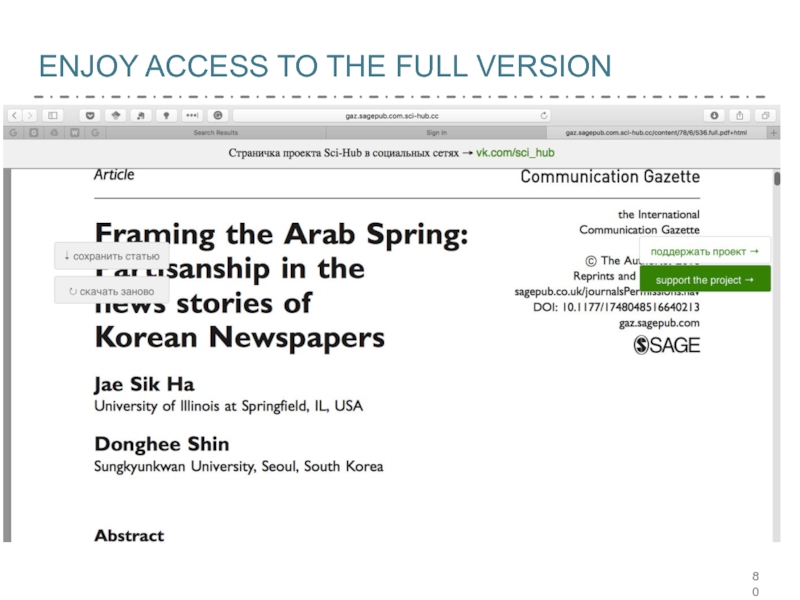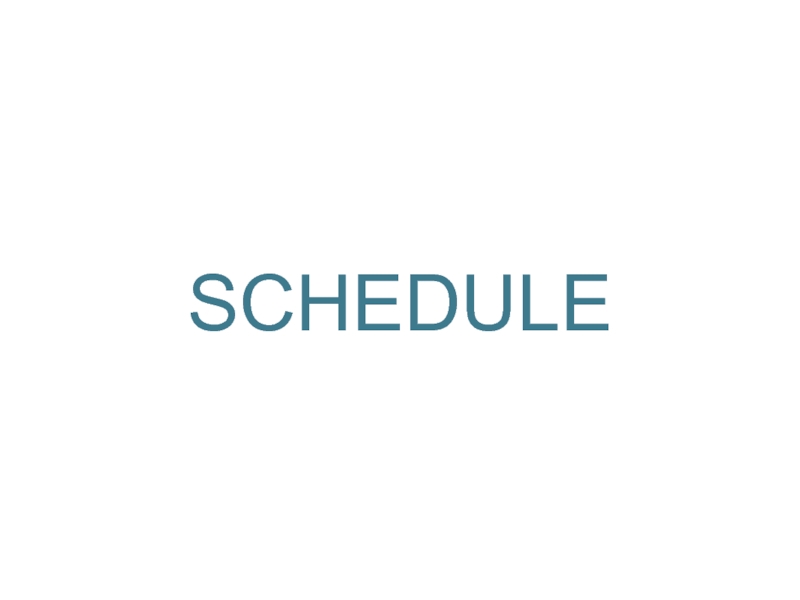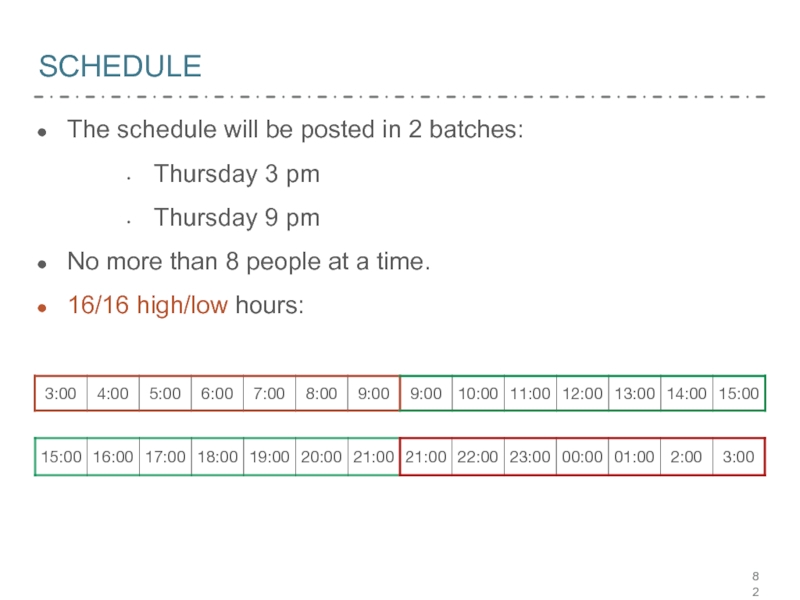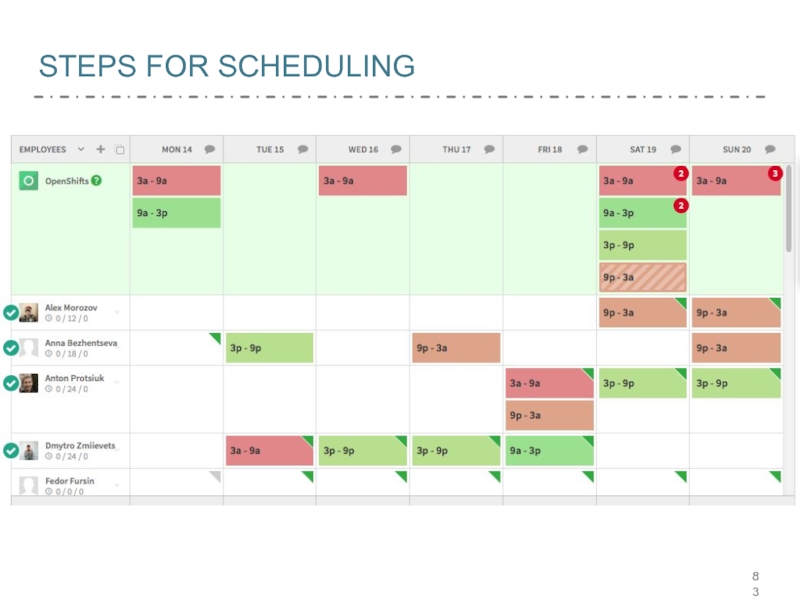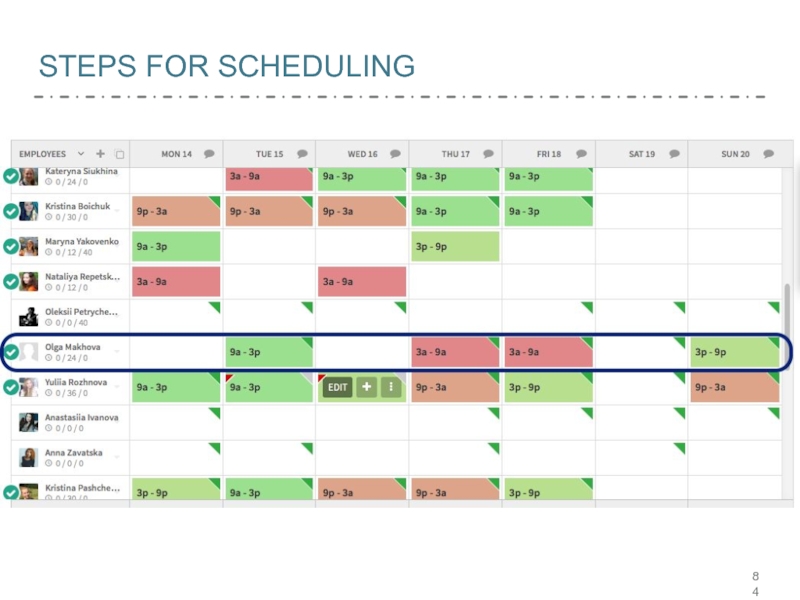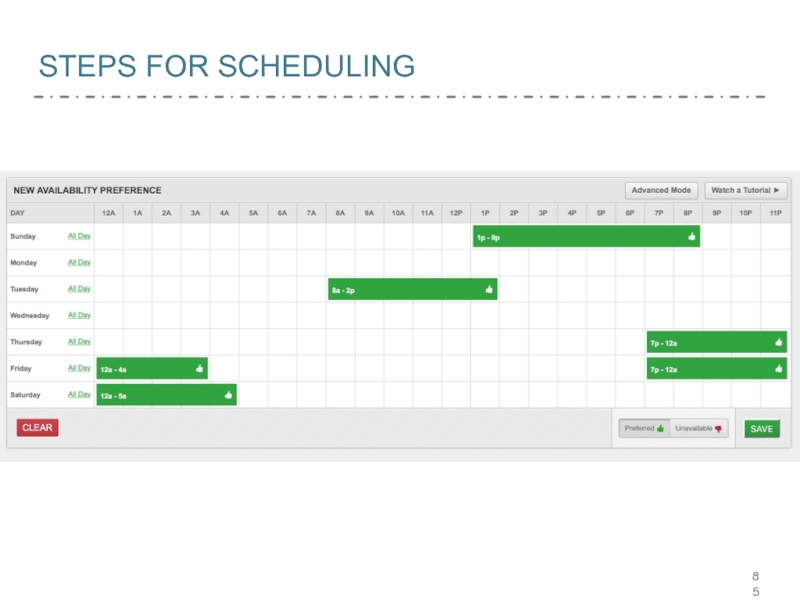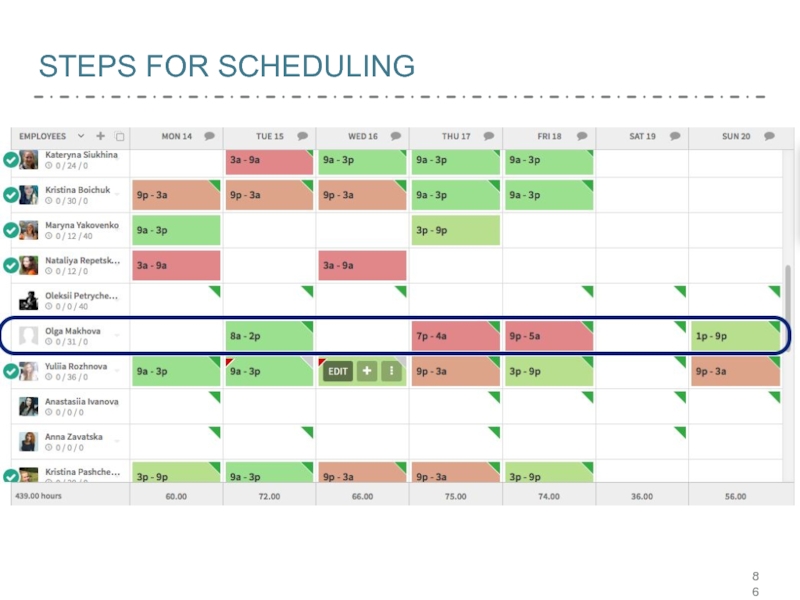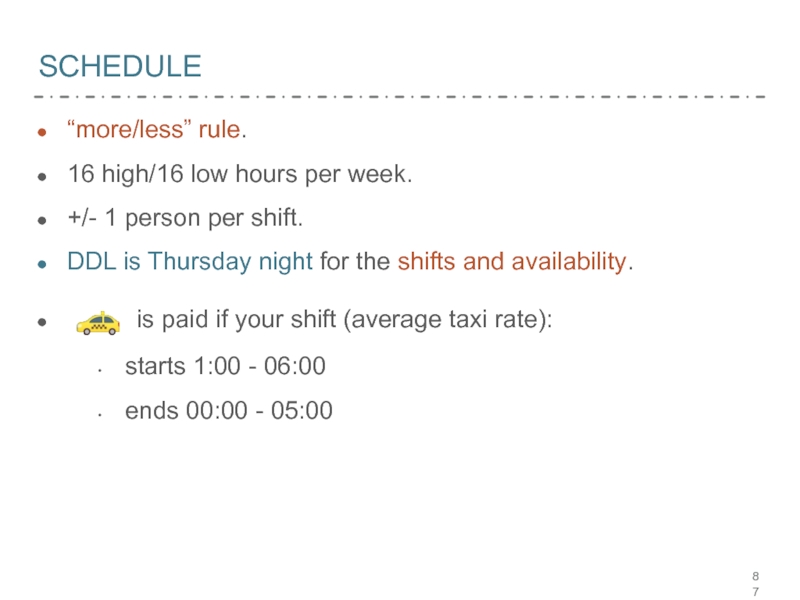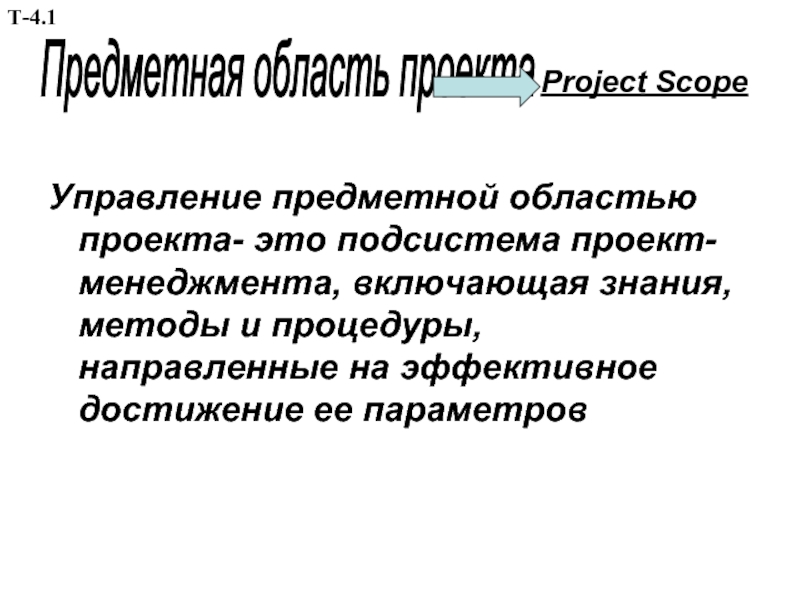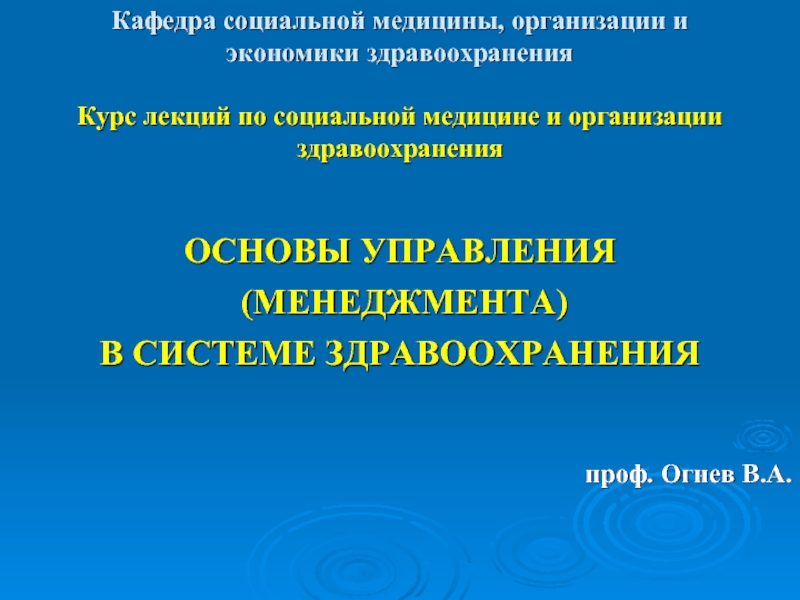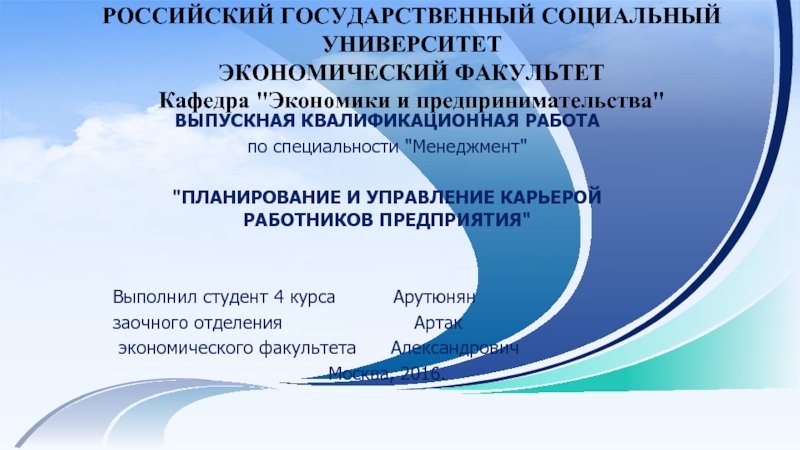- Главная
- Разное
- Дизайн
- Бизнес и предпринимательство
- Аналитика
- Образование
- Развлечения
- Красота и здоровье
- Финансы
- Государство
- Путешествия
- Спорт
- Недвижимость
- Армия
- Графика
- Культурология
- Еда и кулинария
- Лингвистика
- Английский язык
- Астрономия
- Алгебра
- Биология
- География
- Детские презентации
- Информатика
- История
- Литература
- Маркетинг
- Математика
- Медицина
- Менеджмент
- Музыка
- МХК
- Немецкий язык
- ОБЖ
- Обществознание
- Окружающий мир
- Педагогика
- Русский язык
- Технология
- Физика
- Философия
- Химия
- Шаблоны, картинки для презентаций
- Экология
- Экономика
- Юриспруденция
Guides for fT writers презентация
Содержание
- 1. Guides for fT writers
- 2. POLICIES FOR FT WRITERS 100
- 3. WHAT ARE THE MAIN PERKS OF
- 4. HOW DO YOU BECOME A FT
- 5. WHAT IS THE TEAM STRUCTURE?
- 6. TEAM STRUCTURE Manager - concerns that
- 7. SHIFT TEAM LEADERS Anna Dara Vira
- 8. SHIFT TEAM LEADERS Alice Sergiy
- 9. SHIFT TEAM LEADERS Oksana Laura Victoria
- 10. GRADERS TEAM Oksana Yura Ivanna
- 11. LIVRES MANAGER Yevgenia
- 12. CONTACT DETAILS
- 13. LET’S UPDATE THE SPREADSHEET
- 14. HOW DO I GET THE ORDERS TO WORK ON?
- 15. ALLOCATION SPREADSHEET
- 16. ALLOCATION SPREADSHEET
- 17. ALLOCATION SPREADSHEET
- 18. ALLOCATION SPREADSHEET
- 19. ALLOCATION SPREADSHEET
- 20. NEW ORDER DECISION TREE
- 21. NEW ORDER DECISION TREE
- 22. Once you take the order, it
- 23. HOW DO I ACCEPT THE ORDER IN THE SYSTEM?
- 24. RECOMMENDED ORDER
- 25. ORDER DETAILS
- 26. ORDER DETAILS
- 27. ORDER DETAILS
- 28. WHERE TO UPLOAD THE PAPER You
- 29. GRADING AND SCORE Grading means that
- 30. WRITER GROUPS
- 31. WRITER GROUPS: BONUSES AND LIMITATIONS
- 32. ` WRITER GROUPS: BONUSES AND LIMITATIONS
- 33. WHAT ELSE CAN I FIND IN MY ACCOUNT?
- 34. TASKS
- 35. FINANCE SECTION
- 36. FINANCE SECTION
- 37. SYSTEM OF BONUSES FOR FT WRITERS
- 38. TERMINATION OF COOPERATION 2 “F”
- 39. HOW CAN YOU IMPROVE YOUR WRITING SKILLS?
- 40. FEEDBACK SESSIONS & MEETINGS Feedback sessions
- 41. HOW TO START WORKING ON THE ORDER
- 42. HOW TO COLLECT THE INSTRUCTIONS? Make
- 43. IS SOMETHING MISSING? Try to find
- 44. HOW TO COLLECT INFORMATION? If you
- 45. HOW TO COLLECT INFORMATION?
- 46. HOW SHOULD THE PAPER BE STRUCTURED?
- 47. HOW TO PREPARE THE STRUCTURE OF
- 48. INTRODUCTION Gets the reader’s attention You
- 49. INTRODUCTION Provides a specific
- 50. A thesis statement is a hypothesis you
- 51. THE BODY PARAGRAPHS Body paragraphs help
- 52. THE BODY PARAGRAPHS Evidence. The parts
- 53. THE BODY PARAGRAPHS Transition. The part
- 54. THE CONCLUSION A conclusion is the
- 55. THE CONCLUSION Summarizes the argument. In
- 56. BEFORE YOU START WRITING Plan how
- 57. BEFORE YOU START WRITING Read through
- 58. BEFORE YOU START WRITING If
- 59. HOW TO START THE PAPER
- 60. WRITING PROGRESS Take your APA/MLA template.
- 61. WRITING PROGRESS Be clear and get
- 62. WRITING PROGRESS If this is a
- 63. WHEN THE PAPER IS FINISHED
- 64. DO’S AND DON’TS
- 65. THE REQUIREMENTS FOR EACH PAPER No
- 66. PLAGIARISM We follow a zero-plagiarism
- 67. WHAT IS PLAGIARISM? Directly copied and
- 68. SCHOLARLY SOURCES Unless the client expressly
- 69. HOW TO MAKE SURE YOU USE ACADEMIC LANGUAGE
- 70. TIPS FOR ACADEMIC WRITING 1.
- 71. TIPS FOR ACADEMIC WRITING 2.
- 72. TIPS FOR ACADEMIC WRITING 7.
- 73. TIPS FOR ACADEMIC WRITING
- 74. TIPS FOR ACADEMIC WRITING 9.
- 75. HOW TO GET ACADEMIC ARTICLES
- 76. SUBSCRIPTIONS http://www.sci-hub.cc - research articles Works for
- 77. FIND NEEDED ARTICLE
- 78. TRY TO OPEN FULL VERSION
- 79. COPY - PASTE THE LINK TO SIC-HUB
- 80. ENJOY ACCESS TO THE FULL VERSION
- 81. SCHEDULE
- 82. SCHEDULE The schedule will be posted in
- 83. STEPS FOR SCHEDULING
- 84. STEPS FOR SCHEDULING
- 85. STEPS FOR SCHEDULING
- 86. STEPS FOR SCHEDULING
- 87. SCHEDULE “more/less” rule. 16 high/16 low hours
Слайд 2
POLICIES FOR FT WRITERS
100 - 120 pages per month is
You must accept all orders assigned by your shift TL.
If you want to take an order you must ask your shift TL first.
All orders must be submitted on time.
No late show ups on the shifts.
“Hi/Bye" in Skype when you are here (no “Hi" - TL suggests that you are not on the shift).
Timely spreadsheet editing (no “completed” - no new orders).
We expect you to learn and add new subjects to your green list.
You should be ready to work on urgent and complicated orders.
Слайд 3
WHAT ARE THE MAIN PERKS OF BEING A FT WRITER?
Great
Higher rates compared to the freelance position.
Feedback sessions with FT Grader each week.
Ability to discuss your orders with the Grader and get prompt feedback to improve the quality.
You always have orders to work on.
Your shift TL is always ready to help.
Слайд 4
HOW DO YOU BECOME A FT WRITER?
2-week paid internship.
Your
You are expected to be in a basic+ group by the end of the 2-week period.
Слайд 6
TEAM STRUCTURE
Manager - concerns that can not be resolved by anyone
Available via Skype as Yevgeniya Korniyenko
FT Writers’ TL - your day-to-day work, schedule, onboarding.
Available via Skype as Vira Osina
Shift TL - tasks related to the order progress, price for the order, deadlines.
Available via Skype as Livingston_Research
Graders - check the quality of your papers, advice on academic writing.
Available via Skype as Ivanna Krekoten, Oksana Dutka, Yuriy Gumenskiy
Слайд 22
Once you take the order, it can’t be reassigned.
We allocate
You should always check the requirements before accepting.
You should always stick to the deadline of the order, no matter when your next shift is.
We guarantee that you have orders at all times (even during the low season).
All issues regarding the deadline, payment, instructions have to be reported to your shift TL.
The spreadsheet should always be up to date!!!
HOW DOES IT WORK?
Слайд 28
WHERE TO UPLOAD THE PAPER
You always have to send the paper
If you need to upload the revised file, please always make sure to click “completed” afterwards.
All your concerns regarding the deadline should be addressed to your shift TL ASAP.
It’s always better to ask for an extension in advance if you really need more time to complete the order.
Some orders are urgent and their deadlines can’t be postponed.
Слайд 29
GRADING AND SCORE
Grading means that some of your papers will be
Graders will provide extensive comments for your paper.
During your probation period most of your orders will be graded.
You will be assigned to one of the groups based on your score.
If you become a FT Writer, at least 8 of your orders will be graded monthly.
Your group and bonuses are based on your grading score.
Слайд 31
WRITER GROUPS: BONUSES AND LIMITATIONS
Writers who completed less than 3
A $5 bonus is paid for completing each of the first 3 orders.
Only those orders that cost less than $50 can be accepted.
Newbie
Red
Writers whose average grader score is below 70.
No bonuses and limited access to available orders.
Basic
Writers whose average grader score is between 70 and 79.
No bonuses, but more access to available orders.
Слайд 32`
WRITER GROUPS: BONUSES AND LIMITATIONS
Writers whose average grader score is
Writers can earn bonuses based on the workload they complete within 1
month – from $10 to $50.
Only those orders that cost less than $200 can be accepted.
Silver
Gold
Writers whose average grader score is over 90.
Unlimited access to available orders.
1 hour priority time to accept newly posted orders.
Writers from this group get a 10% bonus for every order they complete.
Слайд 37
SYSTEM OF BONUSES FOR FT WRITERS
100 pages - 5% bonus
125
150 pages - 15 % bonus
175 pages - 20% bonus
200 pages - 25% bonus
No calls and “D”, “F” grades for the past month;
More than 5 late orders (i.e. lateness higher than 1 hour) = -50% of the monthly bonus;
More than 2 refunded orders due to writer’s fault = -100% of the monthly bonus;
min bonus $30 ($600) - $630
min bonus $75 ($750) - $825
min bonus $135 ($900) - $1135
min bonus $210 ($1050) - $1260
min bonus $300 ($1200) - $1500
Слайд 38
TERMINATION OF COOPERATION
2 “F” grades in a row for your
severely missed deadlines / you don't submit papers
not showing up for a shift without prior notice - 3 calls
3 calls (violations) lead
to the termination of cooperation
Слайд 40
FEEDBACK SESSIONS & MEETINGS
Feedback sessions which you can attend to improve
Prior scheduling with Ivanna
Feedback sessions will be held every week
Meetings with your TL will be held each month
Слайд 42
HOW TO COLLECT THE INSTRUCTIONS?
Make a separate folder and name it
Make a separate .docx file for all initial instructions in it.
Copy-paste the instructions from order table, from messages.
Save the files provided by the client into the folder.
Read through all the initial instructions carefully several times and highlight special aspects.
You can make a short outline/plan in the instructions file.
Quick Tips: it’s always better to check the instructions carefully before you accept the order.
Слайд 43
IS SOMETHING MISSING?
Try to find it on the Web.
If you still
If you need to know the country the client is from/the country he studies in, let the TL know ASAP.
Quick Tips: it’s always better to communicate with TL/operator/client about the paper in the messaging section of the order. That way we can make sure the information is stored in one place and we all have access to it.
Слайд 44
HOW TO COLLECT INFORMATION?
If you need to write a research paper,
Just google the key words/topic of the paper.
Sort out any reliable web sources you can find (org, gov, edu websites) from any random information on this topic (posts, .com websites, wikipedia).
You can only use .com websites for your paper when it’s the only option to het required information for the paper (Coca-Cola Financial Reports)
Quick Tips: there is only one occasion when you can skip this step: when you are working on the personal reflection and the instructions demand avoiding the usage of any sources.
Слайд 45
HOW TO COLLECT INFORMATION?
Do not use non-English sources and especially Russian/Ukrainian
Do not use the sources that are more than 5-10 years old, unless the client requests otherwise.
Make separate folder in your web-browser “Favourites” and add your web sources to the folder.
Make sure you found sources for every part/aspect/question in the instructions.
Quick Tips: it is a useful trick to add “pdf” after your key words. Google search results will most probably consist of academic sources. But please double-check it as well.
Слайд 46
HOW SHOULD THE PAPER BE STRUCTURED?
Each academic paper should always have
Quick Tips: the structure of the paper is not limited to those parts. There can also be some additional ones like abstract, methodology, literature review, discussion, executive summary etc. Always check the instructions and pay close attention to the structure section.
Слайд 47
HOW TO PREPARE THE STRUCTURE OF THE PAPER?
Always plan how many
Introduction, Main Body and Conclusion
Слайд 48
INTRODUCTION
Gets the reader’s attention
You can get a reader’s attention by telling
Be interesting and find some original angle via which to engage others in your topic.
Provides necessary background information
Don’t start too broad, for instance by talking about how literature helps us understand life, but do tell your readers what they need to know to get their bearings in your topic.
e.g. who wrote the story you’re writing about, when it was published, where it was published, etc.
Слайд 49
INTRODUCTION
Provides a specific and debatable thesis statement
The thesis statement is usually
Thesis statement
In Research papers (APA) you usually need a research question/hypothesis. Usually the client provide their own research question or hypothesis or ask to find one
In MLA essay papers you usually need a thesis statement. Think your thesis statement over while you read your sources
Слайд 50A thesis statement is a hypothesis you will need to prove
The whole development of the essay depends on the successful formulation of the thesis statement.
It is recommended to avoid thesis statements with ambiguous points of view stating that this variant is ok under certain circumstances and the other variant can be relevant under other circumstances.
Do not mistake thesis statement and the introduction of the topic. Do not rephrase the instructions in the thesis statement or dwell upon the main parts of your essay.
WHY IS THESIS STATEMENT SO IMPORTANT?
Слайд 51
THE BODY PARAGRAPHS
Body paragraphs help you prove your thesis and move
An easy way to remember the parts of a body paragraph is to think of them as containing the M.E.A.T. of your essay:
Main Idea. The part of a topic sentence that states the main idea of the body paragraph. All of the sentences in the paragraph connect to it. Keep in mind that main ideas are:
like labels. They appear in the first sentence of the paragraph and tell your reader what’s inside the paragraph.
arguable. They’re not statements of fact; they’re debatable points that you prove with evidence.
focused. Make a specific point in each paragraph and then prove that point.
Слайд 52
THE BODY PARAGRAPHS
Evidence. The parts of a paragraph that prove the
quotations and/or paraphrases from sources.
facts, e.g. statistics or findings from studies you’ve conducted.
narratives and/or descriptions, e.g. of your own experiences.
Analysis. The parts of a paragraph that explain the evidence. Make sure you tie the evidence you provide back to the paragraph’s main idea. In other words, discuss the evidence.
Слайд 53
THE BODY PARAGRAPHS
Transition. The part of a paragraph that helps you
Quick Tips: keep in mind that M.E.A.T. does not occur in that order. The “Transition” and the “Main Idea” often combine to form the first sentence—the topic sentence—and then paragraphs contain multiple sentences of evidence and analysis.
For example, a paragraph might look like this:
Слайд 54
THE CONCLUSION
A conclusion is the last paragraph of your essay (if
A conclusion typically does one of two following things—or, of course, it can do both: summarizes the argument and explains the significance of the argument.
Conclusion
Quick tips: keep in mind that you should use different language than you used in your introduction and your body paragraphs. The introduction and conclusion shouldn’t be the same, you can’t just copy/paste.
Слайд 55
THE CONCLUSION
Summarizes the argument. In the conclusion you should restate your
Explains the significance of the argument. Answer the “so what” question by giving your reader a clearer sense of why your argument matters.
For example, your argument might be significant to studies of a certain time period.
Alternately, it might be significant to a certain geographical region.
Alternately still, it might influence how your readers think about the future. You might even opt to speculate about the future and/or call your readers to action in your conclusion.
Quick tips: If the paper contains a thesis statement or research question/hypothesis (some summaries and personal reflections can go without it), conclusions should rephrase or address the thesis statement.
Слайд 56
BEFORE YOU START WRITING
Plan how many subsections you want to make
Please mind that research papers may have Background, Purposes of research/research question, Methods, Sample, Procedures, Results, Discussion/Interpretation, Recommendations and Conclusion. These sections are usually mentioned in the instructions.
Double-check the instruction and make sure you remember all aspects needed. It’s always useful to highlight the main points in your “initial instructions” doc. file.
Quick tips: In the 4+ pages APA style papers do not forget to provide an Abstract. The Abstract is not included into the word count for the paper.
Слайд 57
BEFORE YOU START WRITING
Read through all your sources and sort out
Look through your chosen sources again and decide what source you are going to use where in the paper.
Read your sources and locate exactly the places you are going to use in the section of the paper.
You can and should use sources even for writing your Introduction.
Quick tips: it’s always useful to go back to your “initial instructions” file and copy/past the links of the appropriate sources under the sections where you plan to use these sources.
Слайд 58
BEFORE YOU START WRITING
If you have to add new ideas, analysis
You may either modify one of the hypotheses taken from your sources or create your own, but make sure it is clear, concise, and relevant to the topic.
YOU ARE READY TO WRITE THE PAPER!
Quick tips: Add exact page numbers of your sources right in your paper plan in each subsection. It will be easier for you to locate the information any time.
Слайд 60
WRITING PROGRESS
Take your APA/MLA template. Delete the previous content and leave
Start from your References first and make sure all sources are cited in accordance with the formatting style of your paper.
Start the Introduction. Represent the topic in general, represent the importance of it, the direction of the essay and provide the thesis statement.
Continue with the Body of the paper. Please provide clear titles for the APA style.
Слайд 61
WRITING PROGRESS
Be clear and get straight to the issue you discuss.
Please provide a topic sentence at the beginning of each paragraph. A topic sentence tells the reader immediately what you are going to discuss in this paragraph.
One paragraph usually contains one idea, so please make sure you present, discuss the idea and make some sub-conclusion about the idea.
Provide a clear transition from one idea/paragraph to the next.
Make sure you address all the aspects/issues/questions required by the client in the initial instruction.
Слайд 62
WRITING PROGRESS
If this is a research paper, use common sense. Make
Continue with the conclusion. Please move from more specific issues to more general issues.
Make sure all used sources are cited in the paper itself (in-text citations). You need to write down the year of publication for APA and page number for.
Add Table of Contents and Abstract after you have finished your paper in APA style.
Слайд 63
WHEN THE PAPER IS FINISHED
Look through your “initial instructions” document again
Proofread the paper.
Make sure the file’s name is “OrderNumber_Final.docx”.
Upload the paper to lrwriters.com.
Change the status of the order to “completed” in your spreadsheet.
Слайд 65
THE REQUIREMENTS FOR EACH PAPER
No plagiarism.
Following client’s requirements.
Correct format.
Appropriate language, phrasing
Scholarly sources.
Слайд 66
PLAGIARISM
We follow a zero-plagiarism policy. This means that we do
The total number of direct quotes cannot exceed 10% of the paper word count.
You must provide a page number for in-text citations if you use a direct quotation irrespective of the format.
Every new order must be written from scratch. You cannot borrow anything from the papers submitted before.
Слайд 67
WHAT IS PLAGIARISM?
Directly copied and improperly referenced work of other authors.
References to nonexistent sources or fake references to real sources.
When you copy text from your previous papers (self-plagiarism).
Слайд 68
SCHOLARLY SOURCES
Unless the client expressly requests otherwise, you must use credible
Google Scholar is a very useful tool. There you can find a lot of peer-reviewed articles and other scholarly sources. It is also helpful for referencing.
JSTOR, Questia and other similar online libraries may be a good place to start searching for information.
Wikipedia or any similar online encyclopedias cannot be used as a valid source. You can read it before writing the actual paper, but never specify Wiki as a source in your reference list or use any quotes from there.
Слайд 70
TIPS FOR ACADEMIC WRITING
1. Avoid colloquial language. Unless a writing
Original: It was so noisy, I couldn’t hear myself think.
Revised: The noise made concentrating difficult.
Original: Group work can be problematic because a chain is only as strong as its weakest link.
Revised: Group work can be problematic when not everyone contributes equally, causing the project’s quality to suffer.
Original: I worked hard on the assignment because I didn’t want to screw up.
Revised: I worked diligently on the assignment because I wanted to succeed.
Слайд 71
TIPS FOR ACADEMIC WRITING
2. Omit contractions. Spell the words out
3. Use passive voice judiciously. Writing in the active voice almost always improves the clarity of writing.
4. Provide your essay with a title that gives the reader a clear idea of your paper’s topic.
5. Use the citation style indicated in the order. If there is no information, you should use MLA.
6. Proofread carefully, paying careful attention to common mistakes, such as using correct homonyms (led vs. lead) and apostrophes for possessives (it’s vs. its).
Слайд 72
TIPS FOR ACADEMIC WRITING
7. Use impersonal language. In some subject
In fact, whatever is included in your paper that is not attributed to someone else, (e.g. "Jones (1987) demonstrates that…", " According to Smith (1994)…") is assumed to be yours.
So instead of saying "I think that all guns should be banned" you can say "There is a case for stricter government control on guns". The fact that you are not reporting another person's view implies that it is your own.
Слайд 73
TIPS FOR ACADEMIC WRITING
8. Use powerful reporting verbs. When you
For example, "Jacob (1998) concedes that the test is not 100% reliable" is more powerful than "Jacob says that the test is not 100% reliable" since concedes carries the extra meaning of giving up something from a position.
Other useful reporting verbs are: contend, examine, state, disagree, persuade, dismiss, refute, object, contradict, recommend, concur, propose, describe, observe, assert, support, purport, examine, suggest, claim.
Слайд 74
TIPS FOR ACADEMIC WRITING
9. Be precise and specific. It is
Develop a list of "power" words - ones that say a lot very succinctly, e.g."a controversial idea" is a much more precise way of saying "an idea that not everyone agrees with"; "nocturnal" is a more precise word for "active at night".
Find a good dictionary - not a pocket one; buy a subject-specific dictionary, e.g. a dictionary of economics.
Avoid using long abstract words when short ones would more clearly express your point.
Vary sentence structure and length - be wary of long complex sentences.
Слайд 76SUBSCRIPTIONS
http://www.sci-hub.cc - research articles
Works for websites similar to:
http://www.grammarly.com - proofreading
http://www.bookrags.com/ -
online.sagepub.com
http://www.jstor.org
http://psycnet.apa.org
www.springer.com
Слайд 82SCHEDULE
The schedule will be posted in 2 batches:
Thursday 3 pm
Thursday 9
No more than 8 people at a time.
16/16 high/low hours:
Слайд 87SCHEDULE
“more/less” rule.
16 high/16 low hours per week.
+/- 1 person per shift.
DDL
? is paid if your shift (average taxi rate):
starts 1:00 - 06:00
ends 00:00 - 05:00
